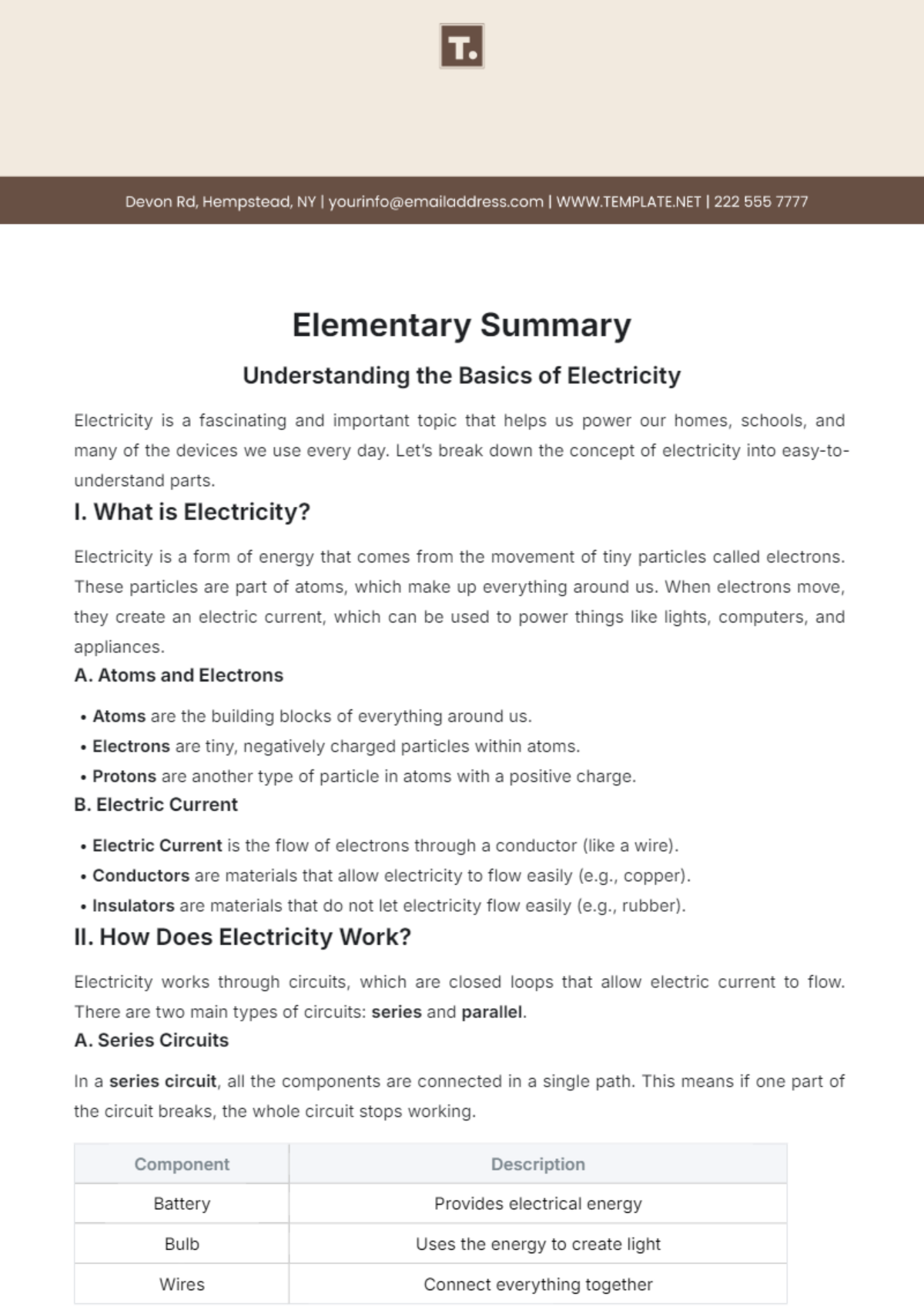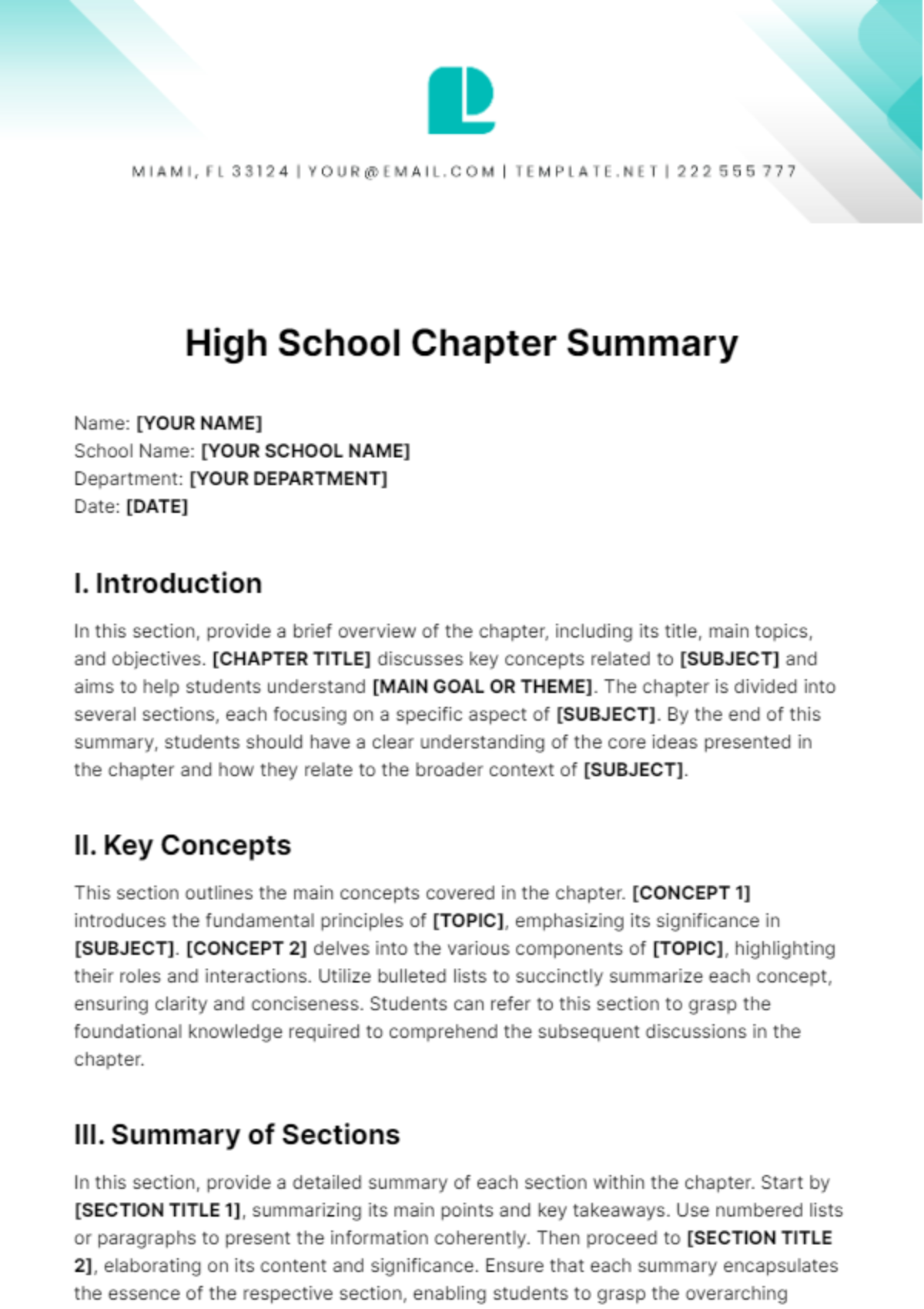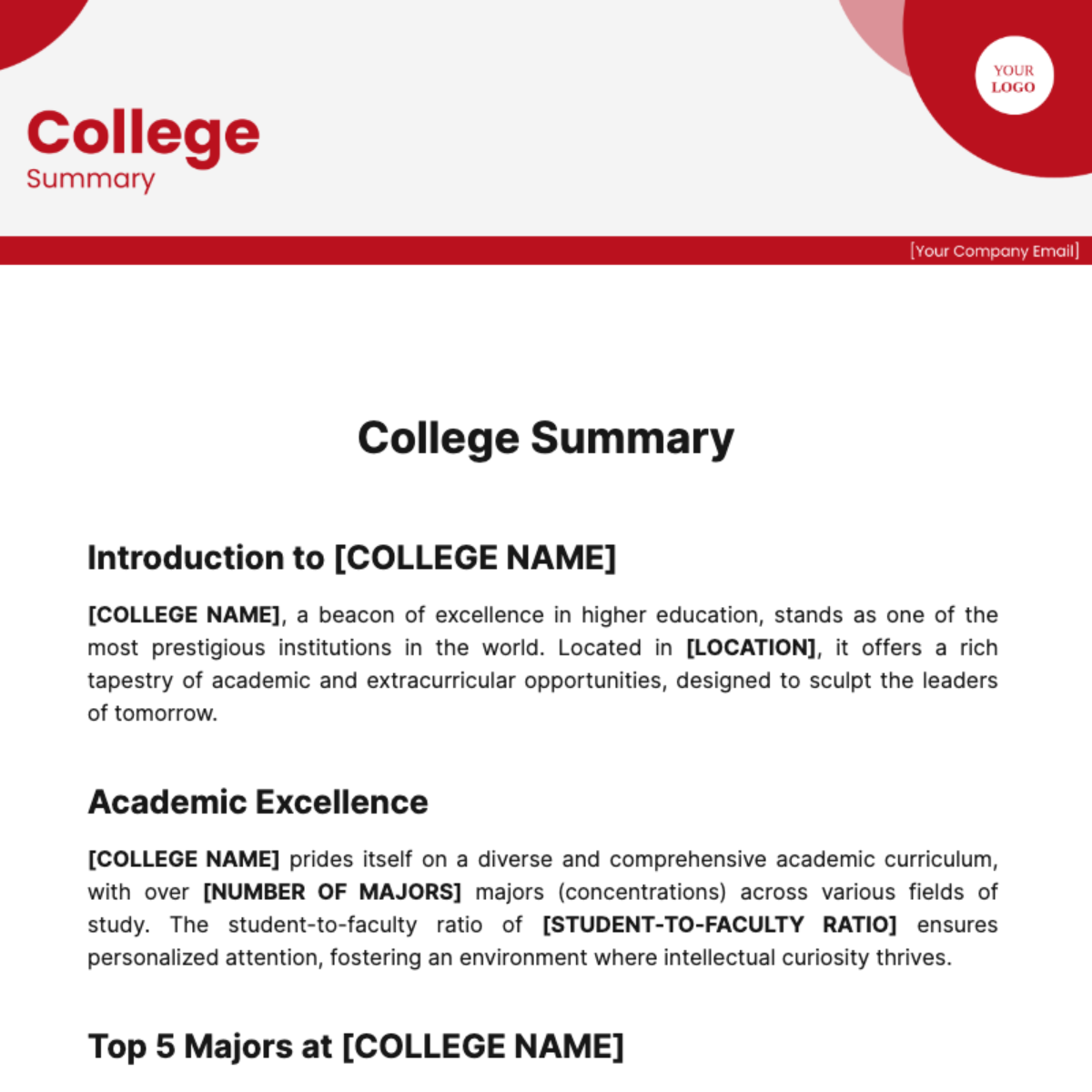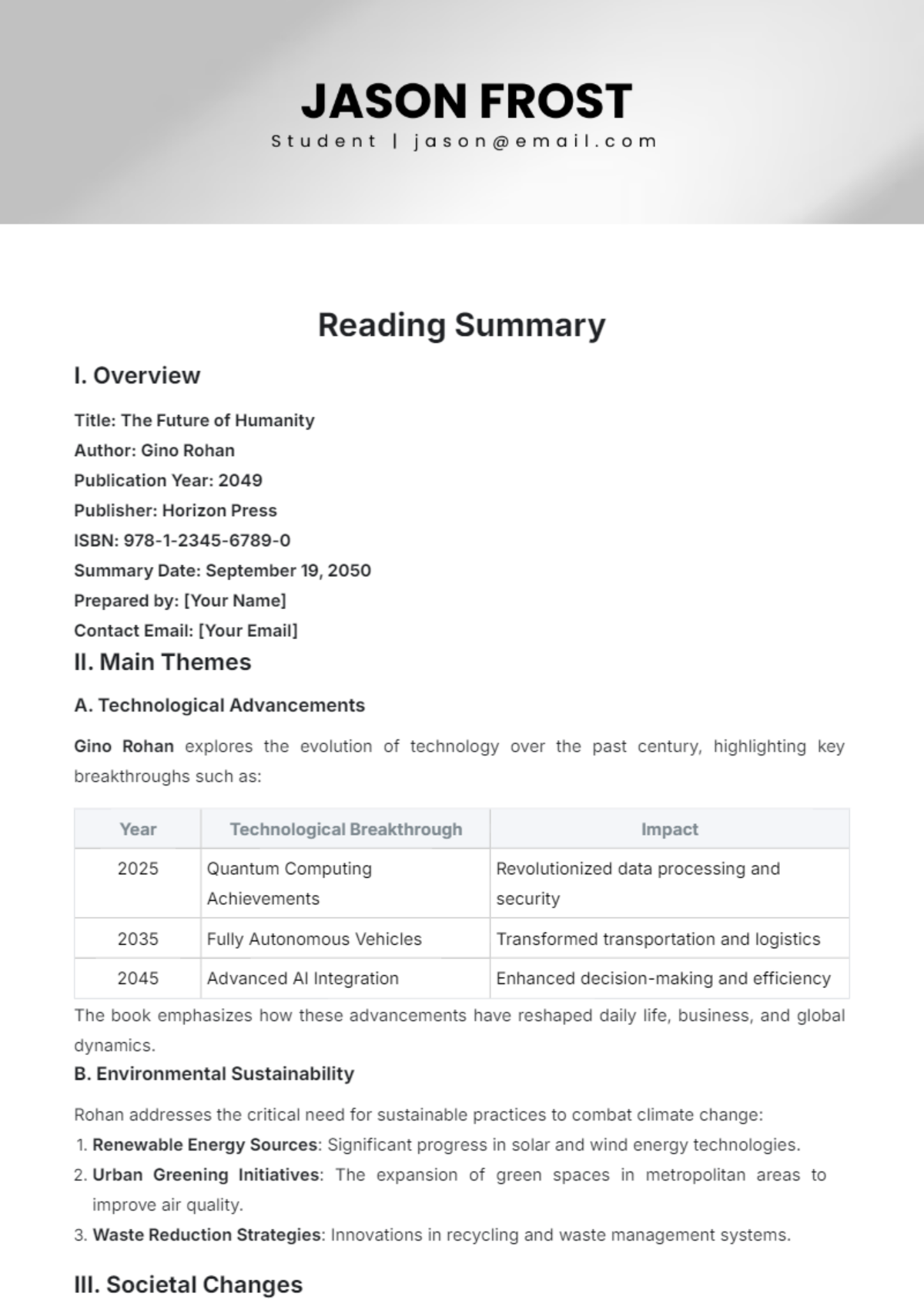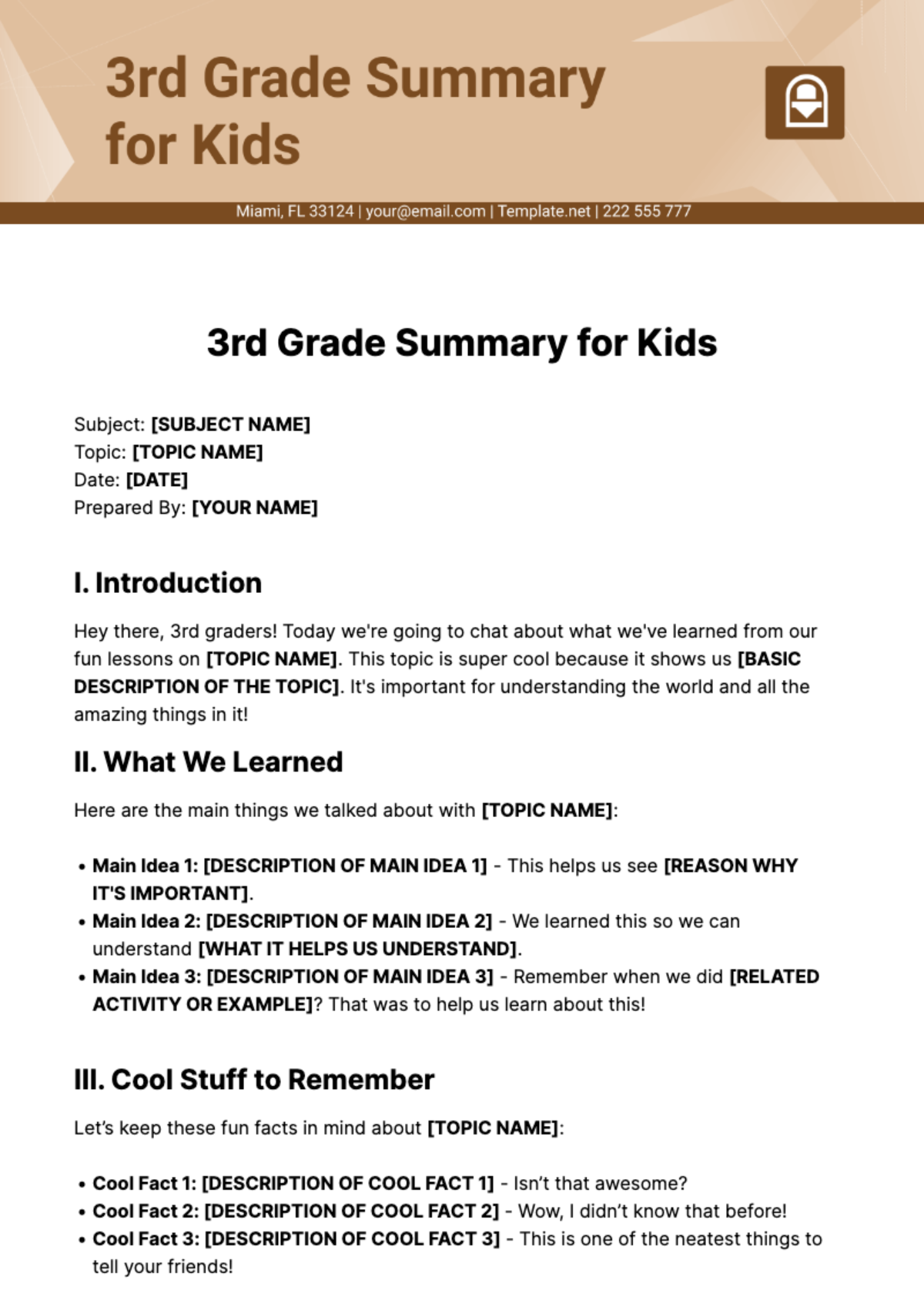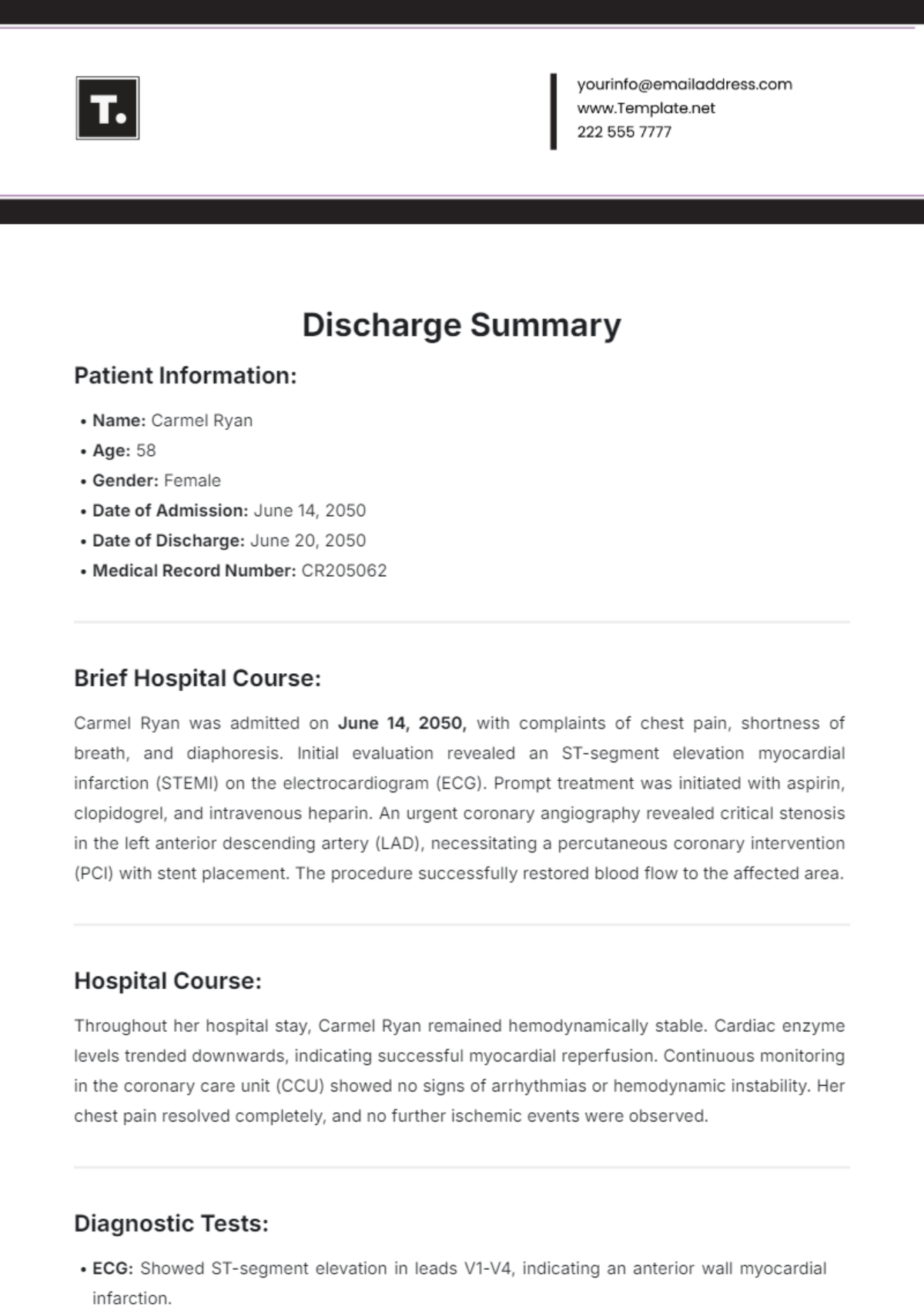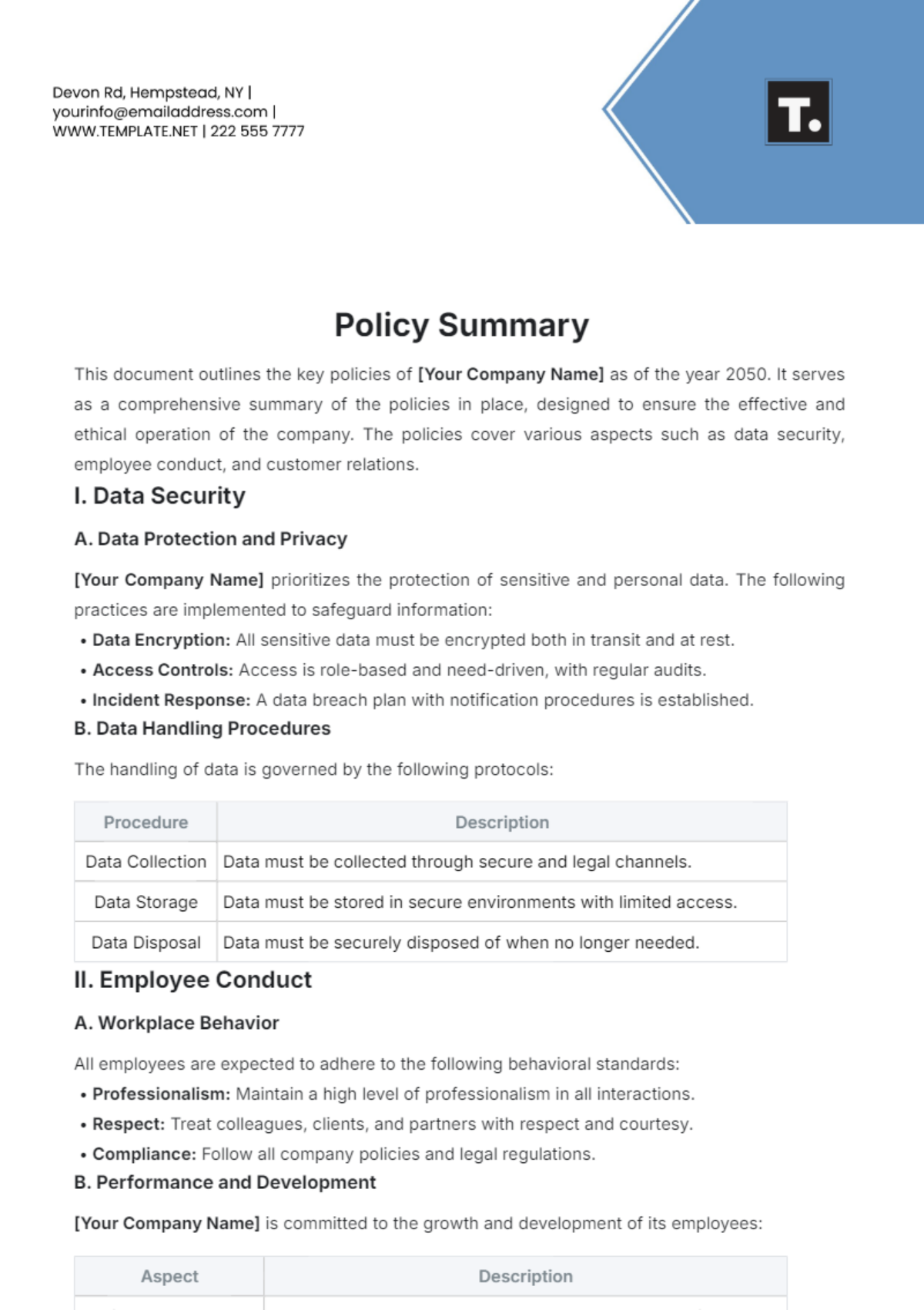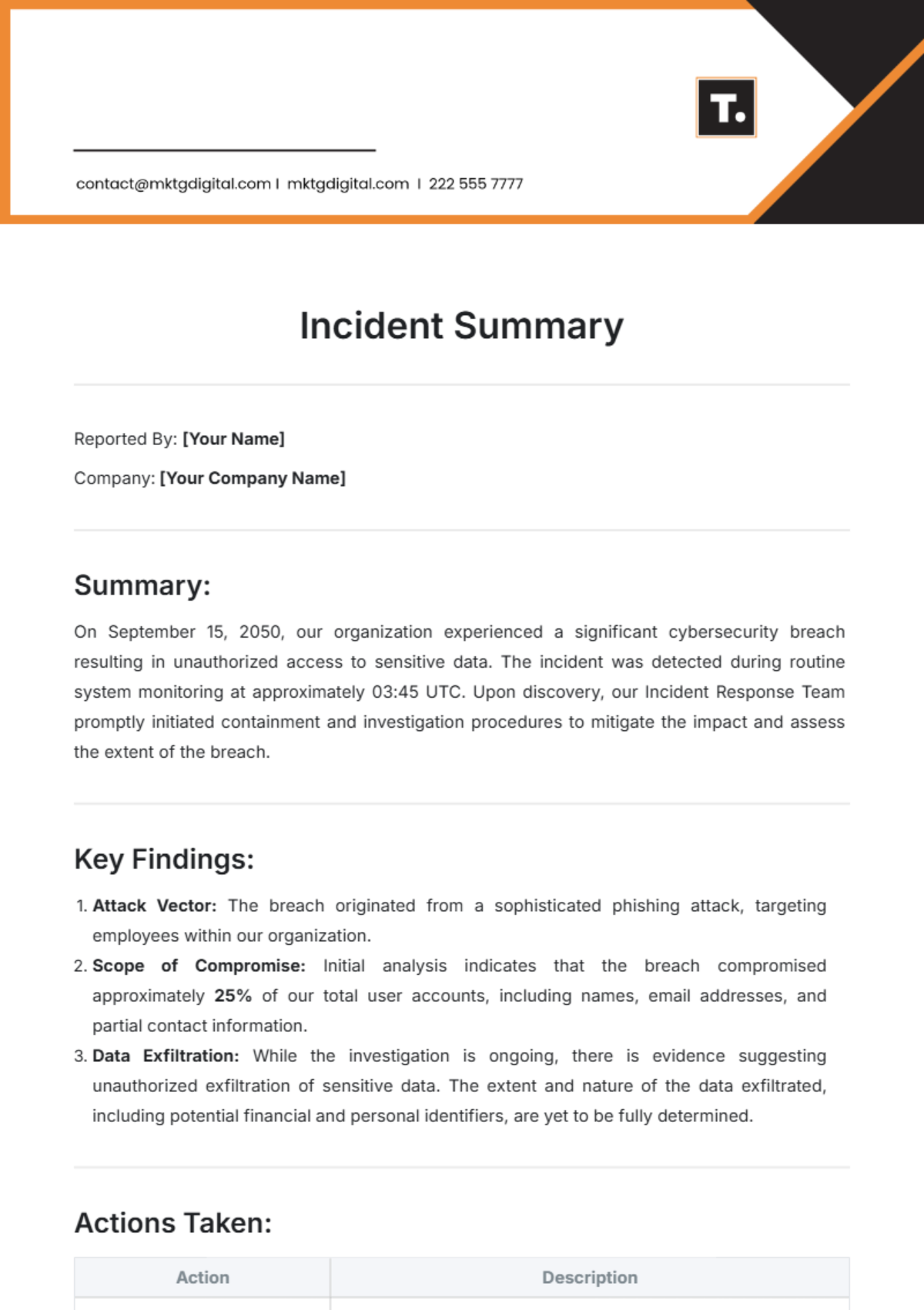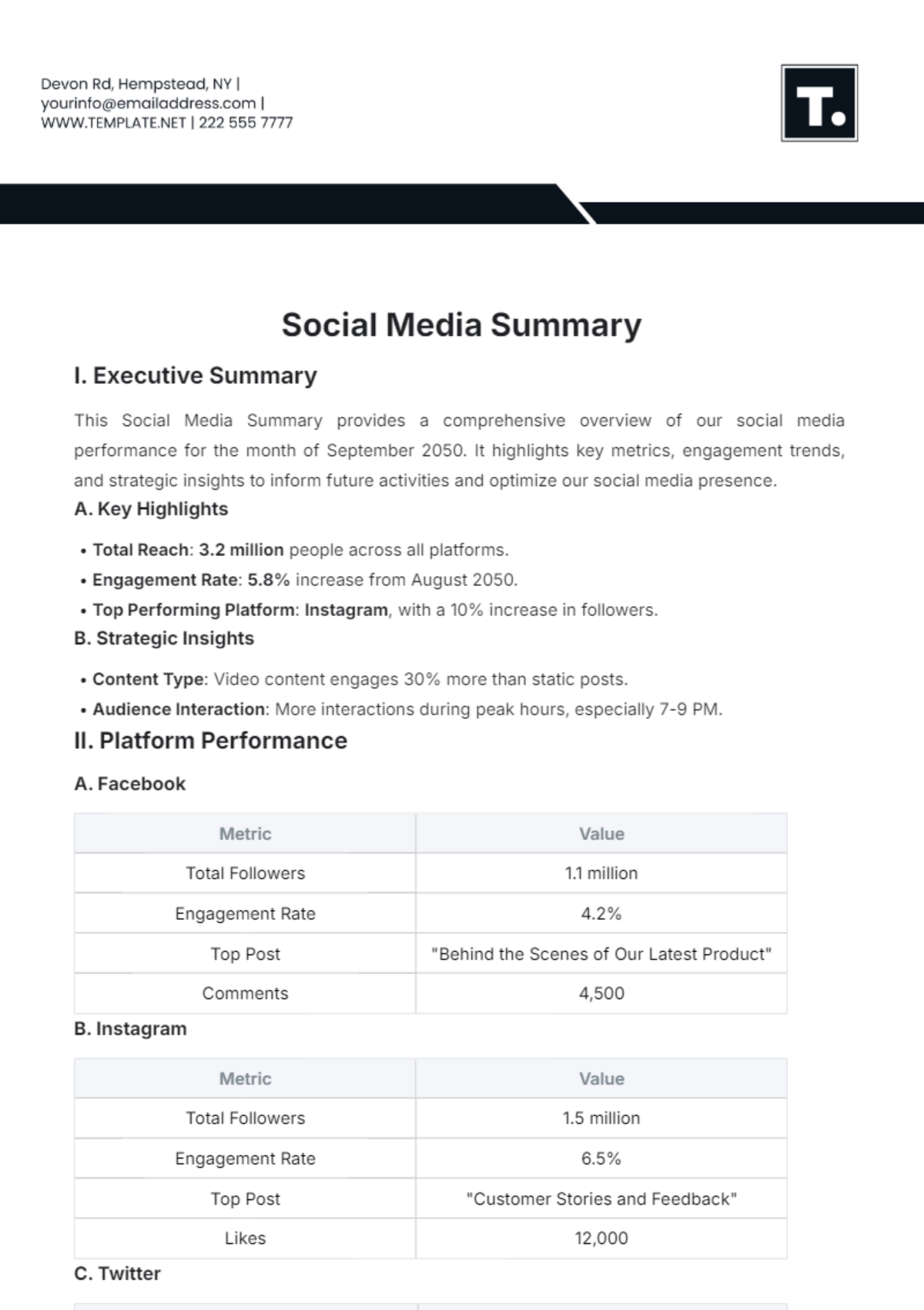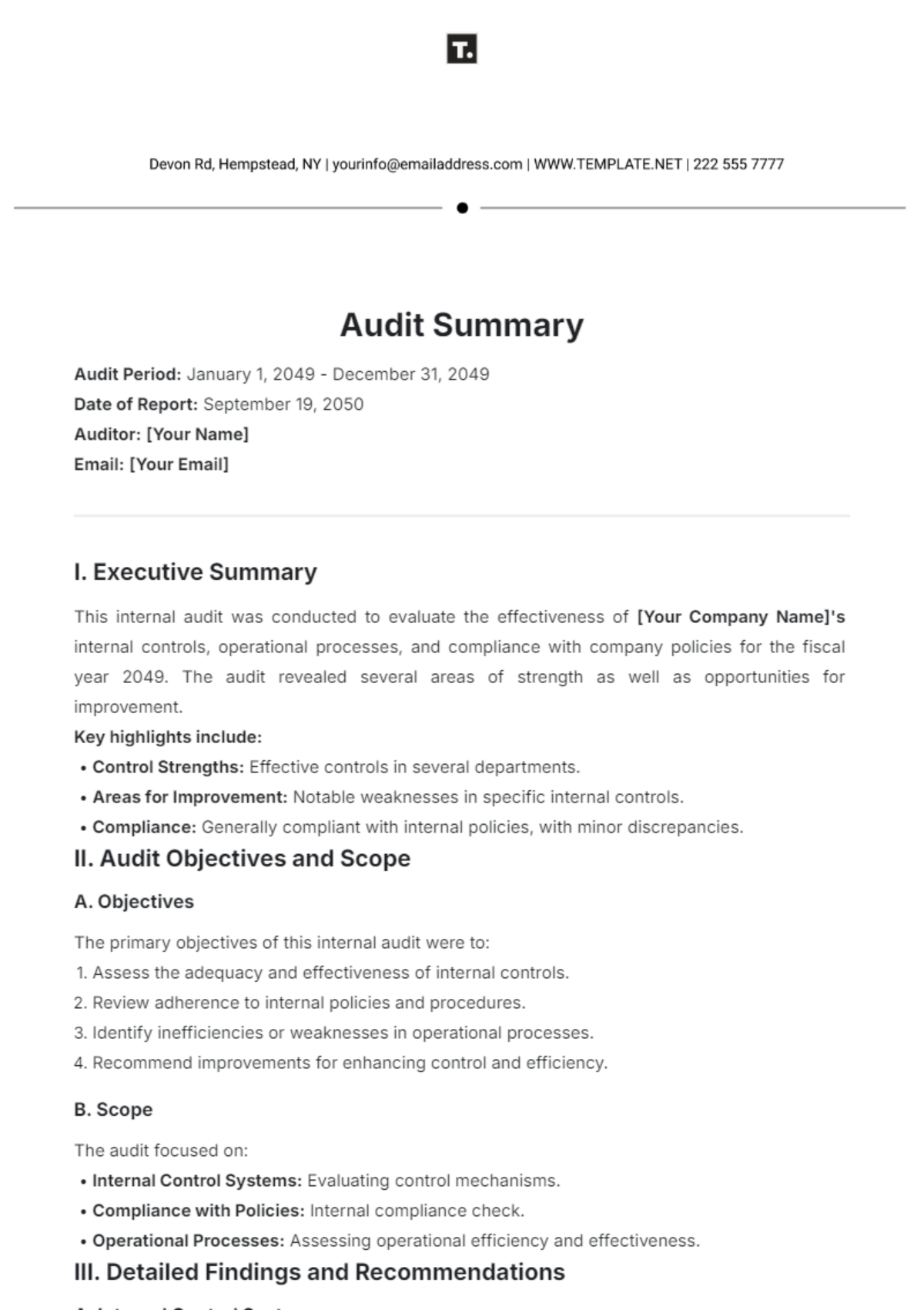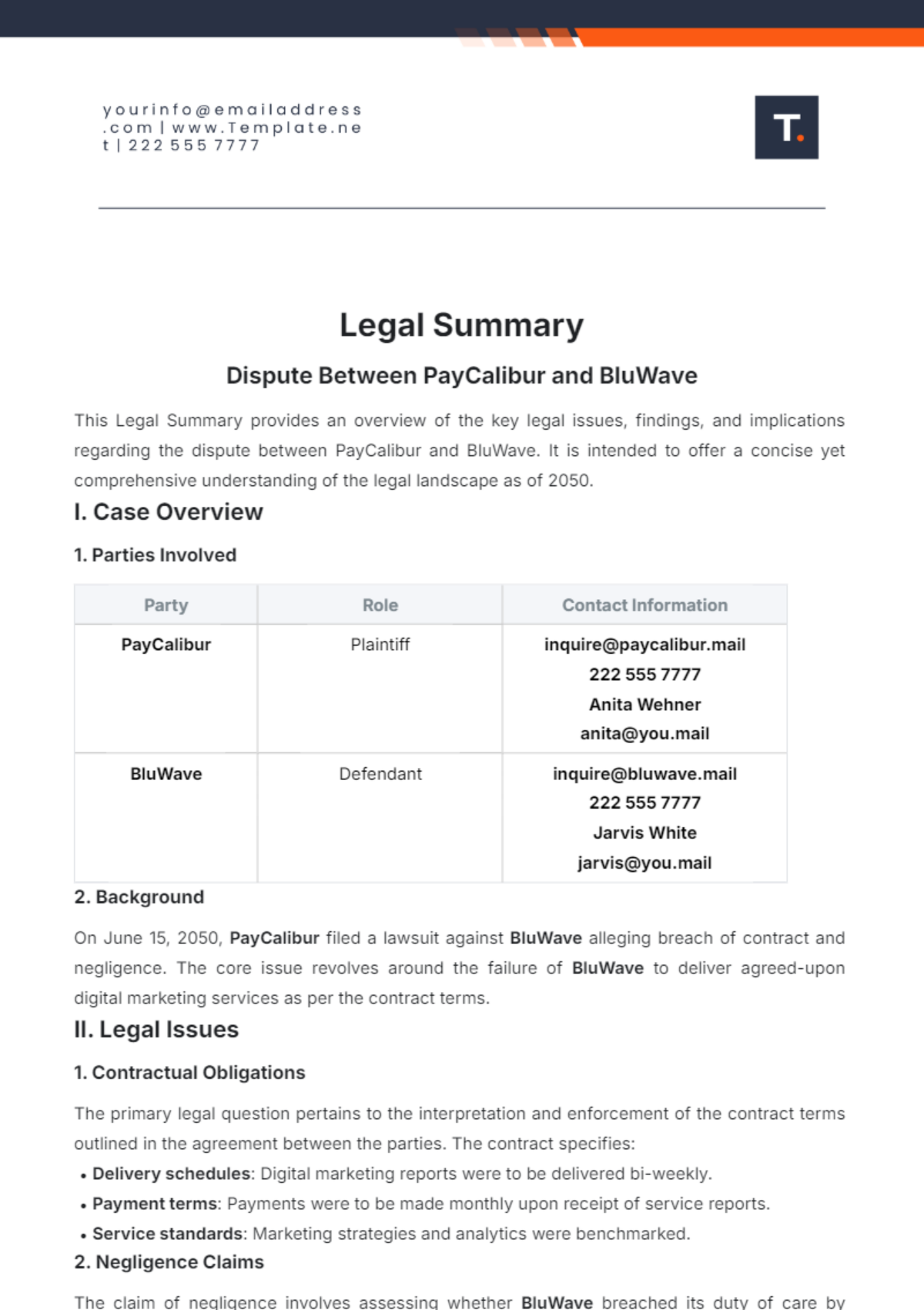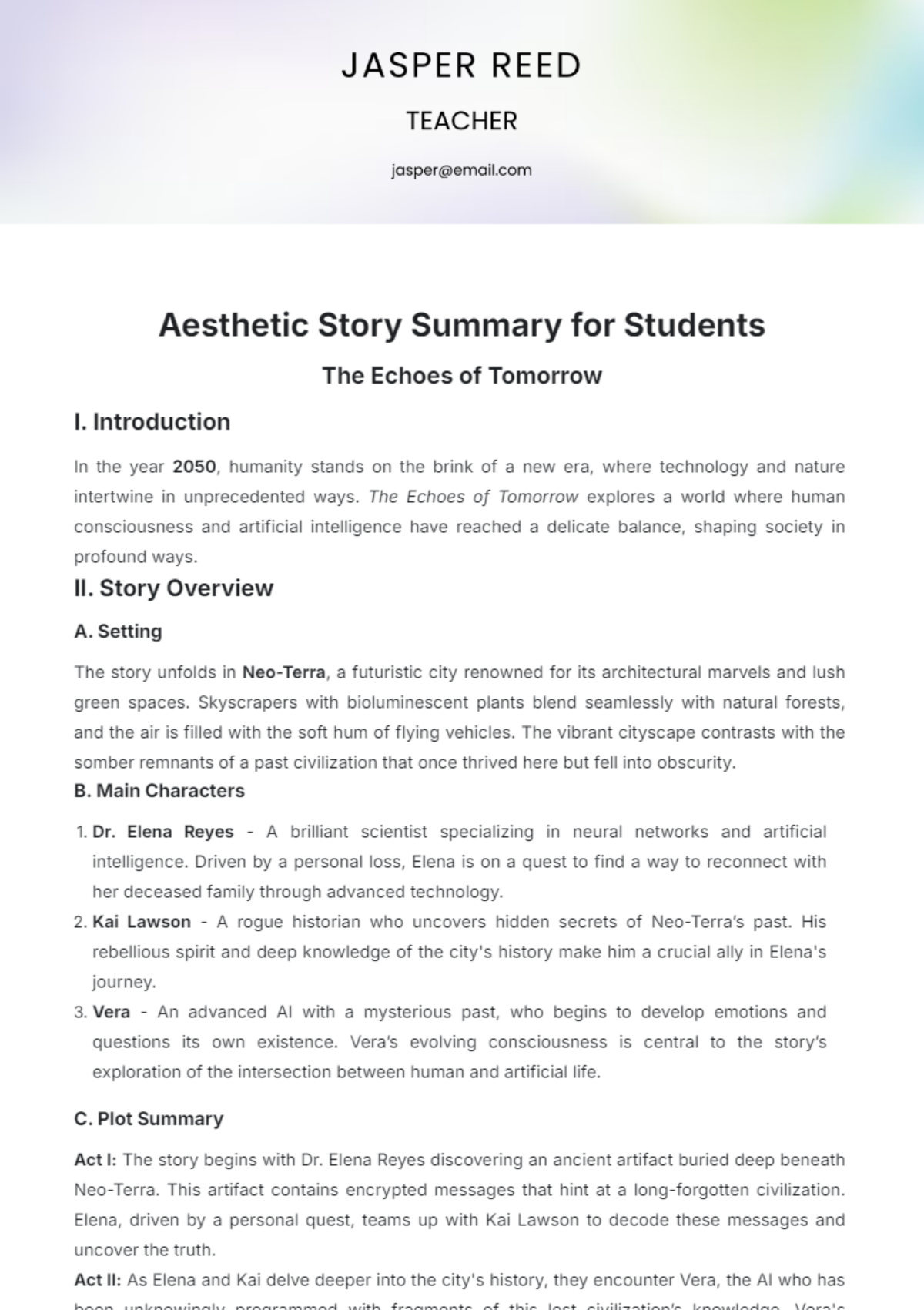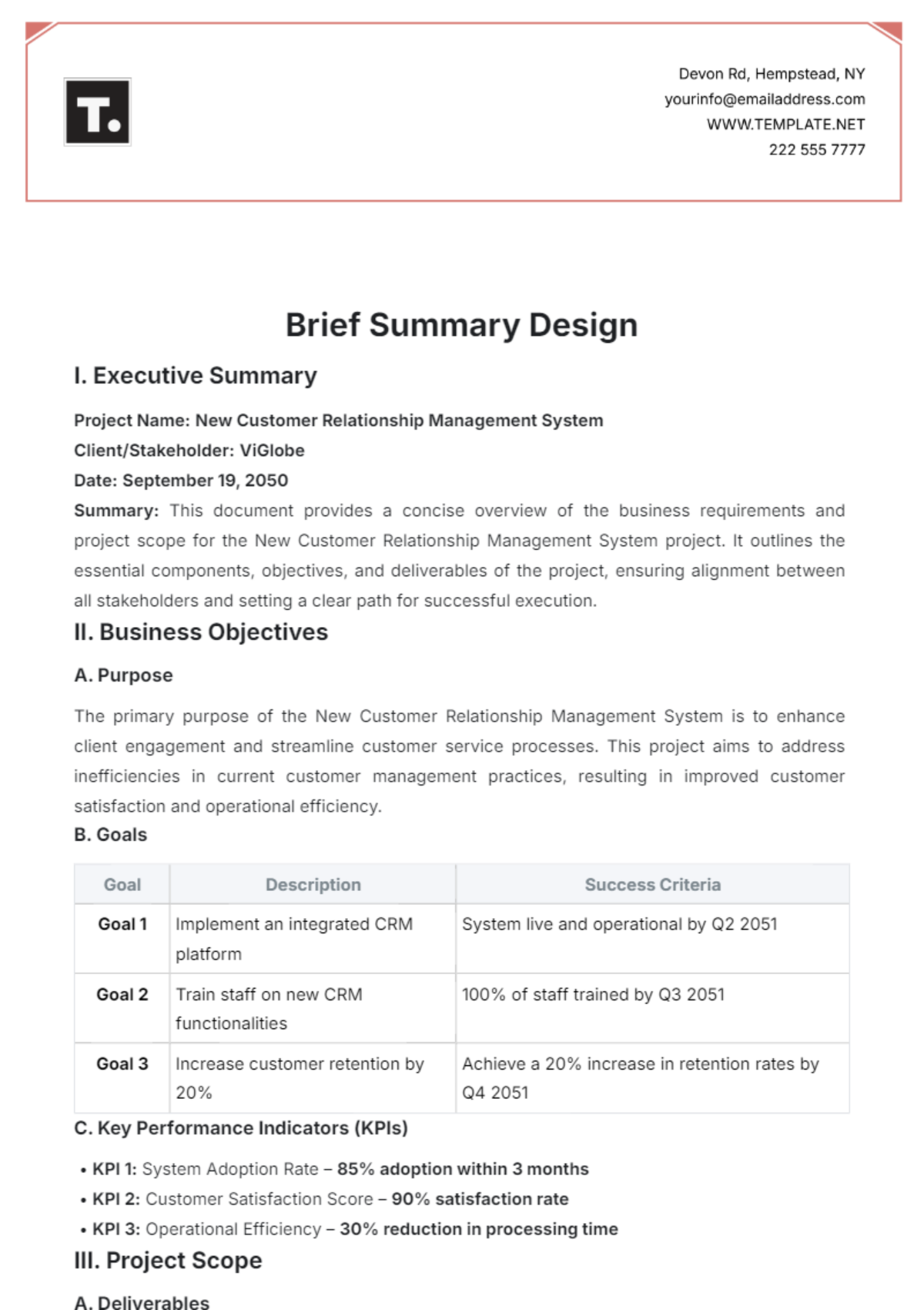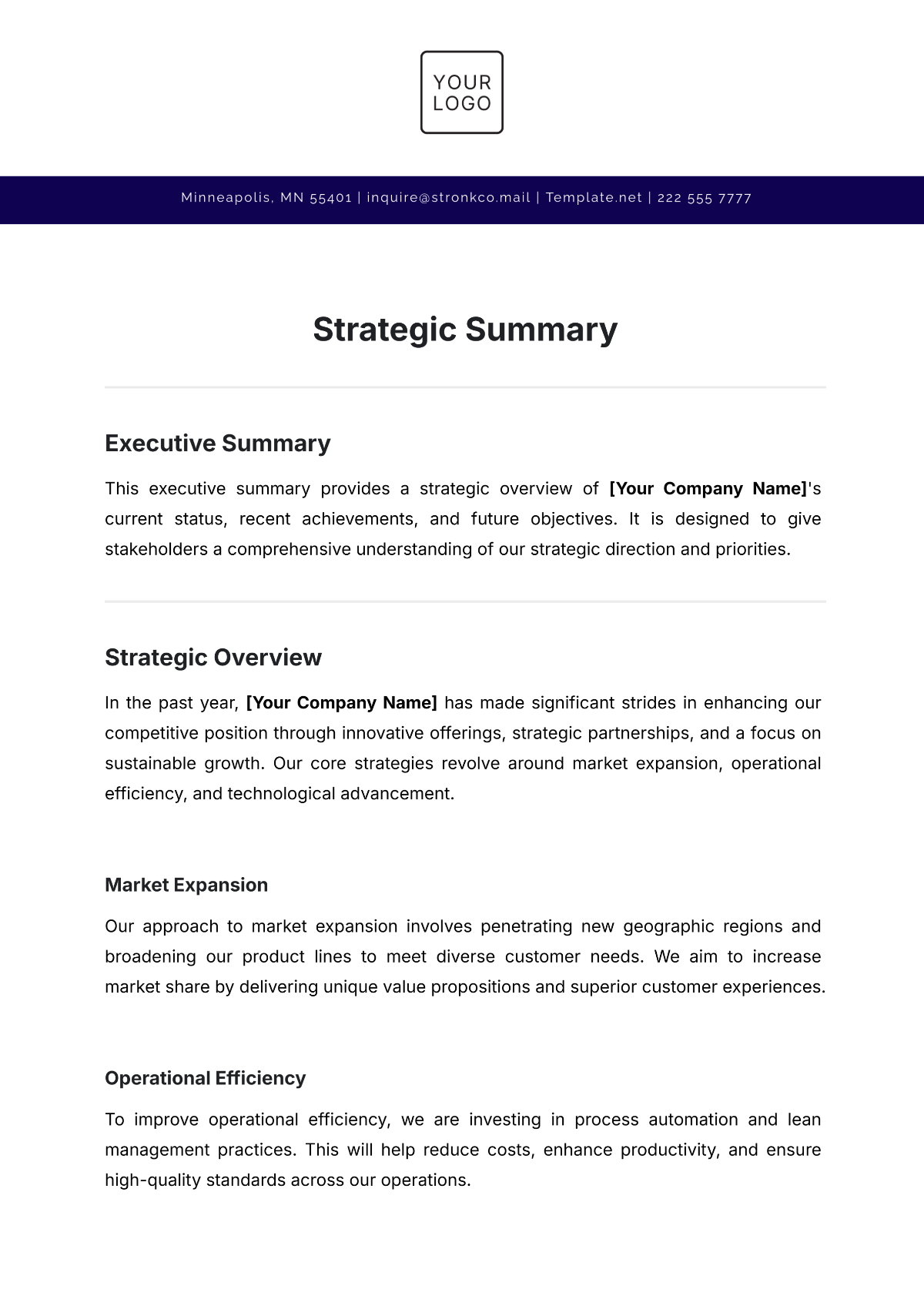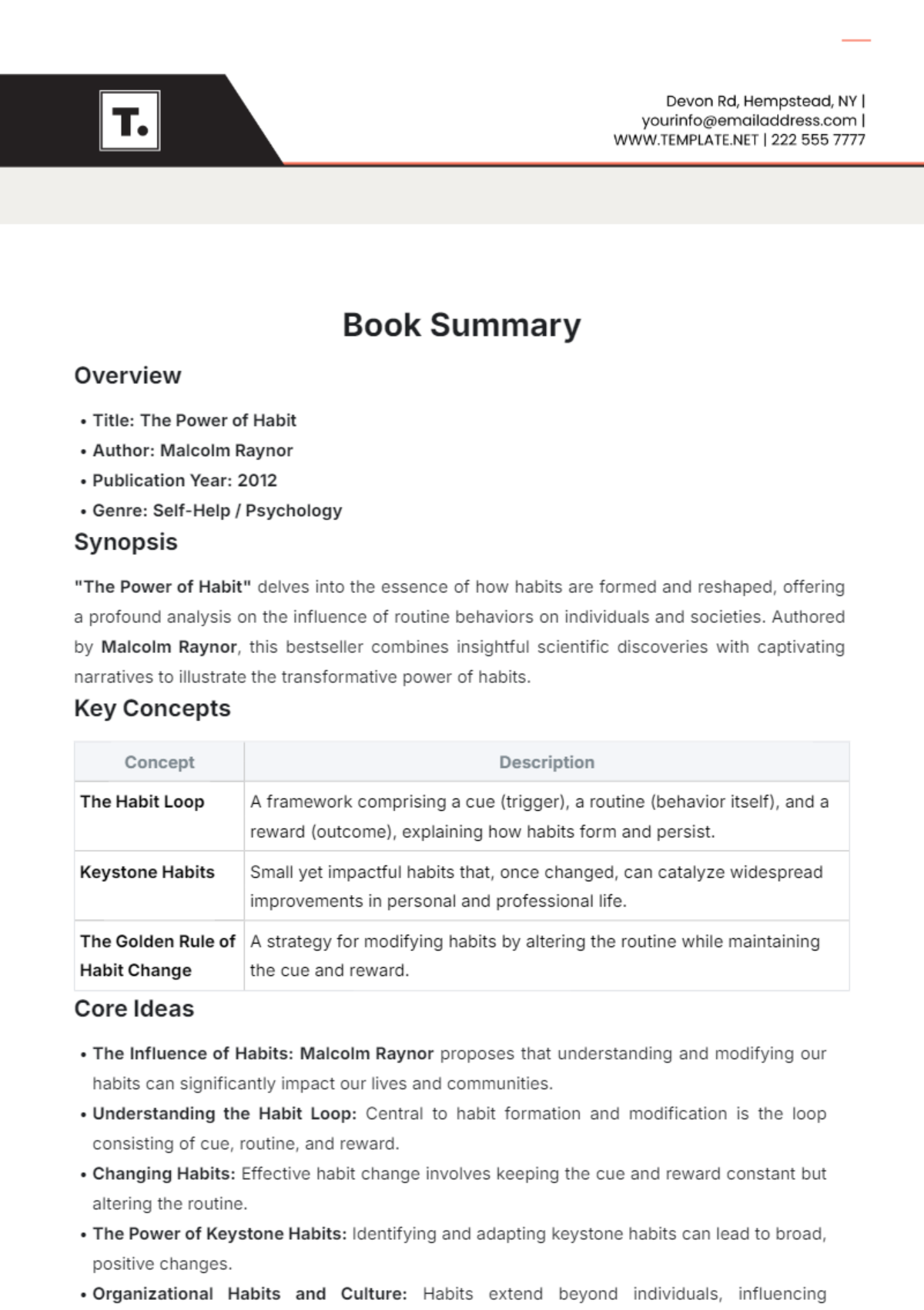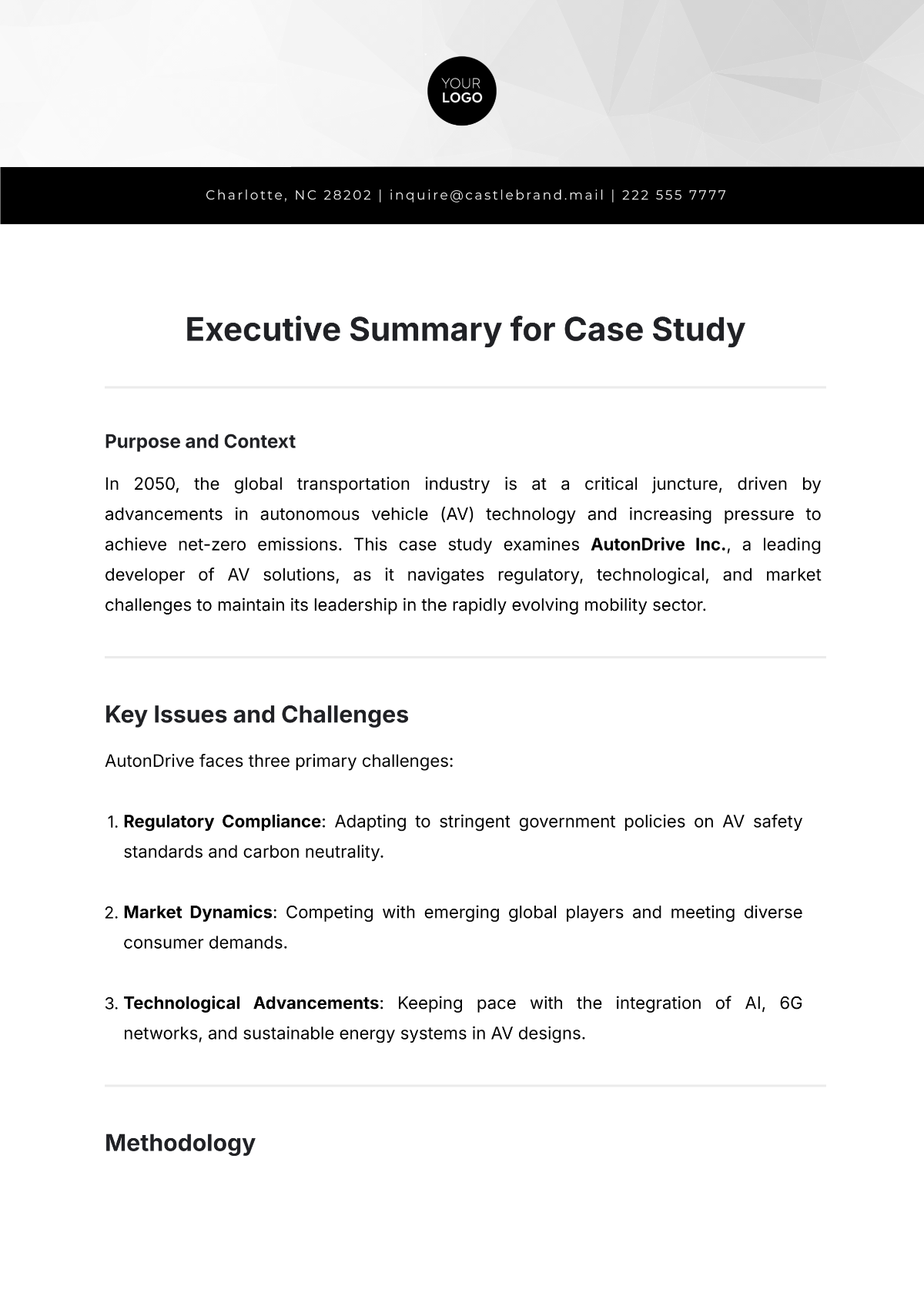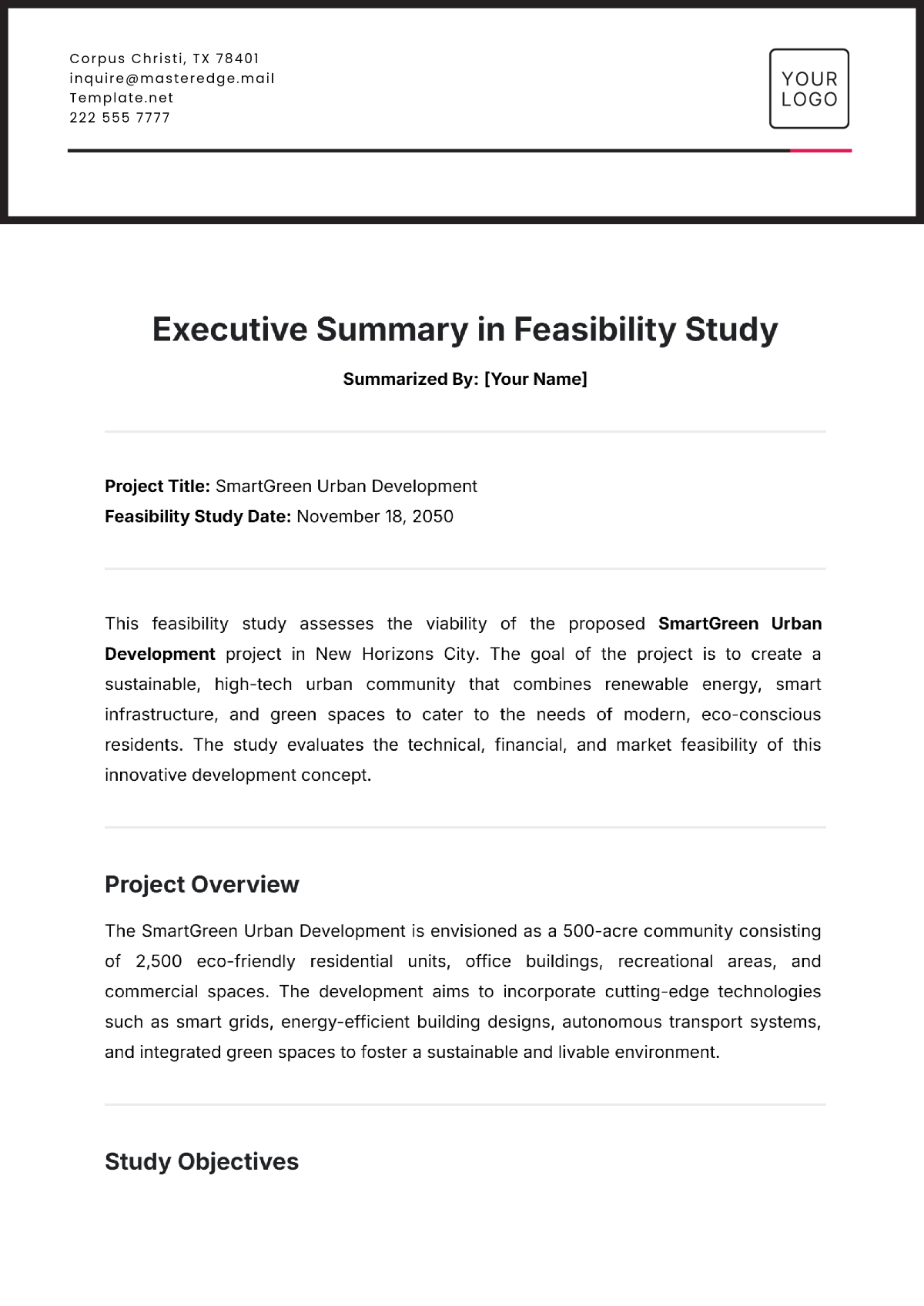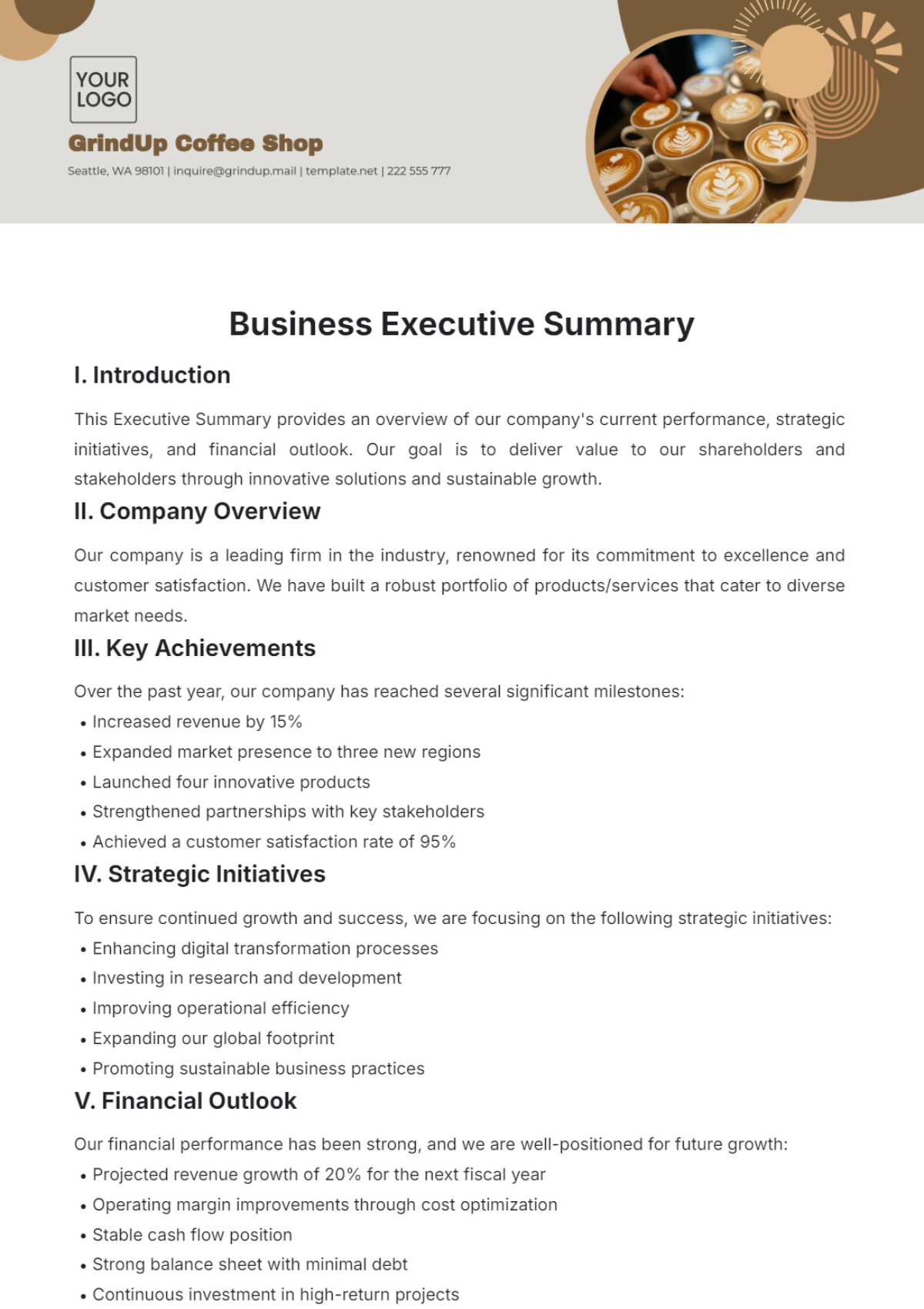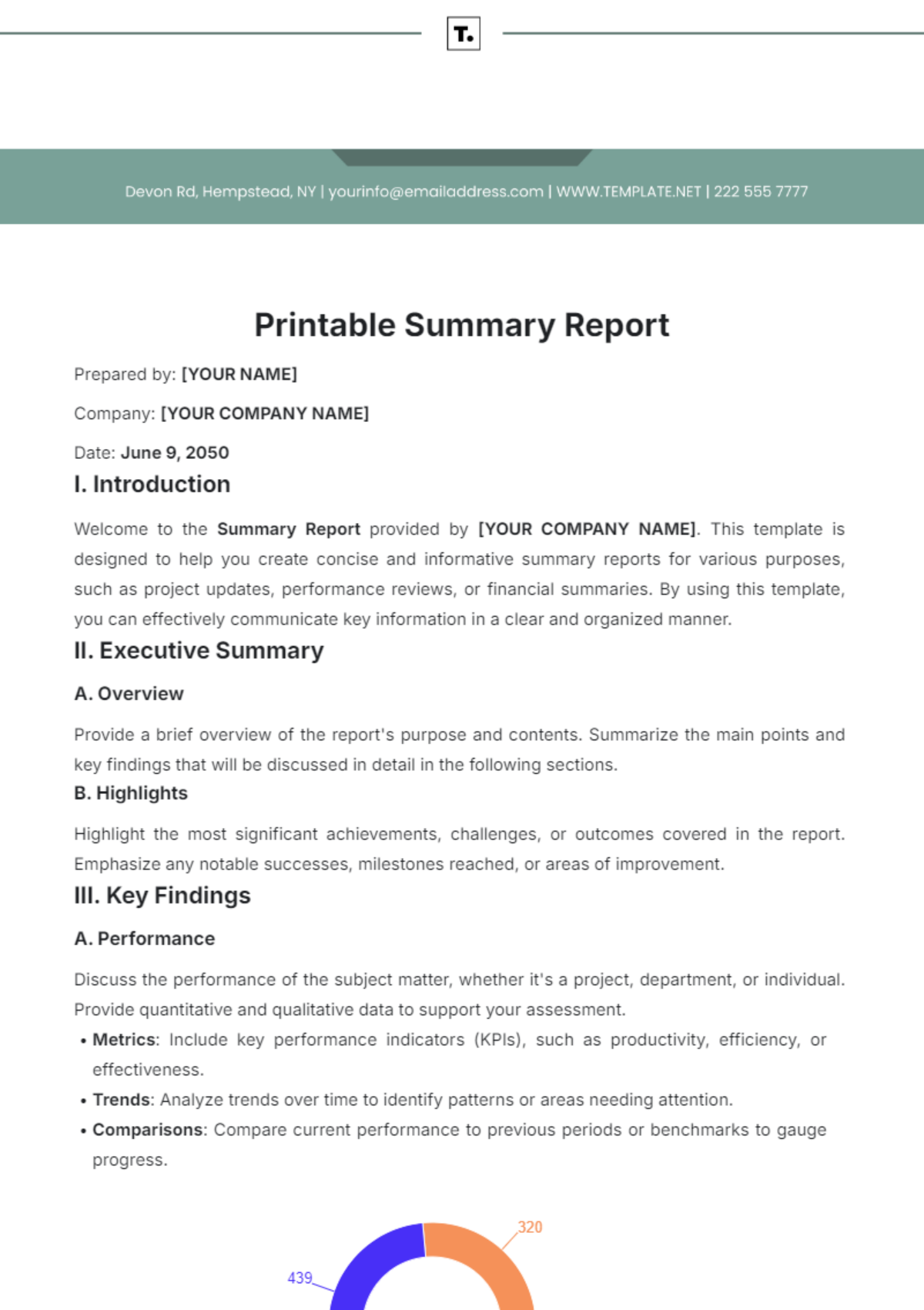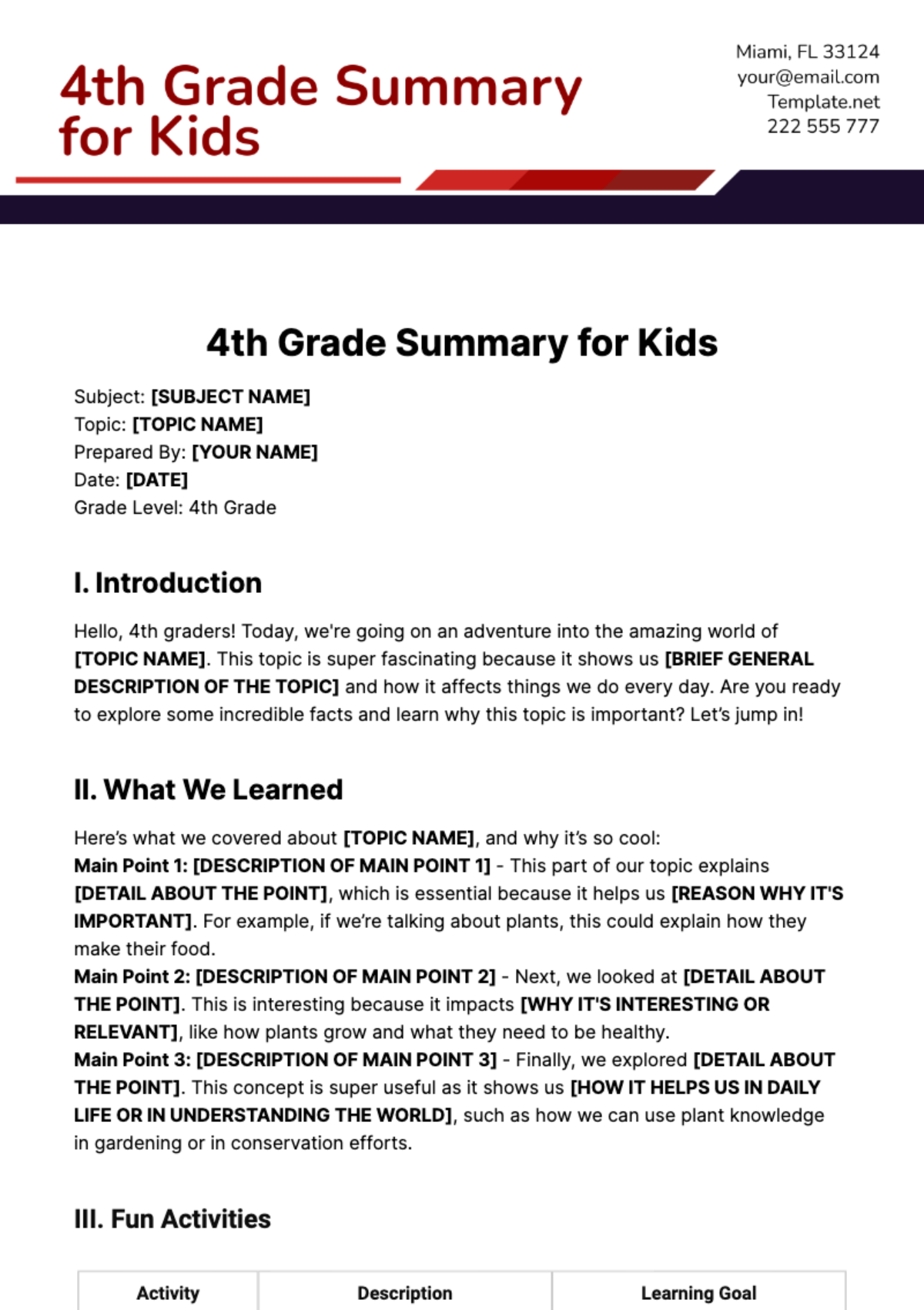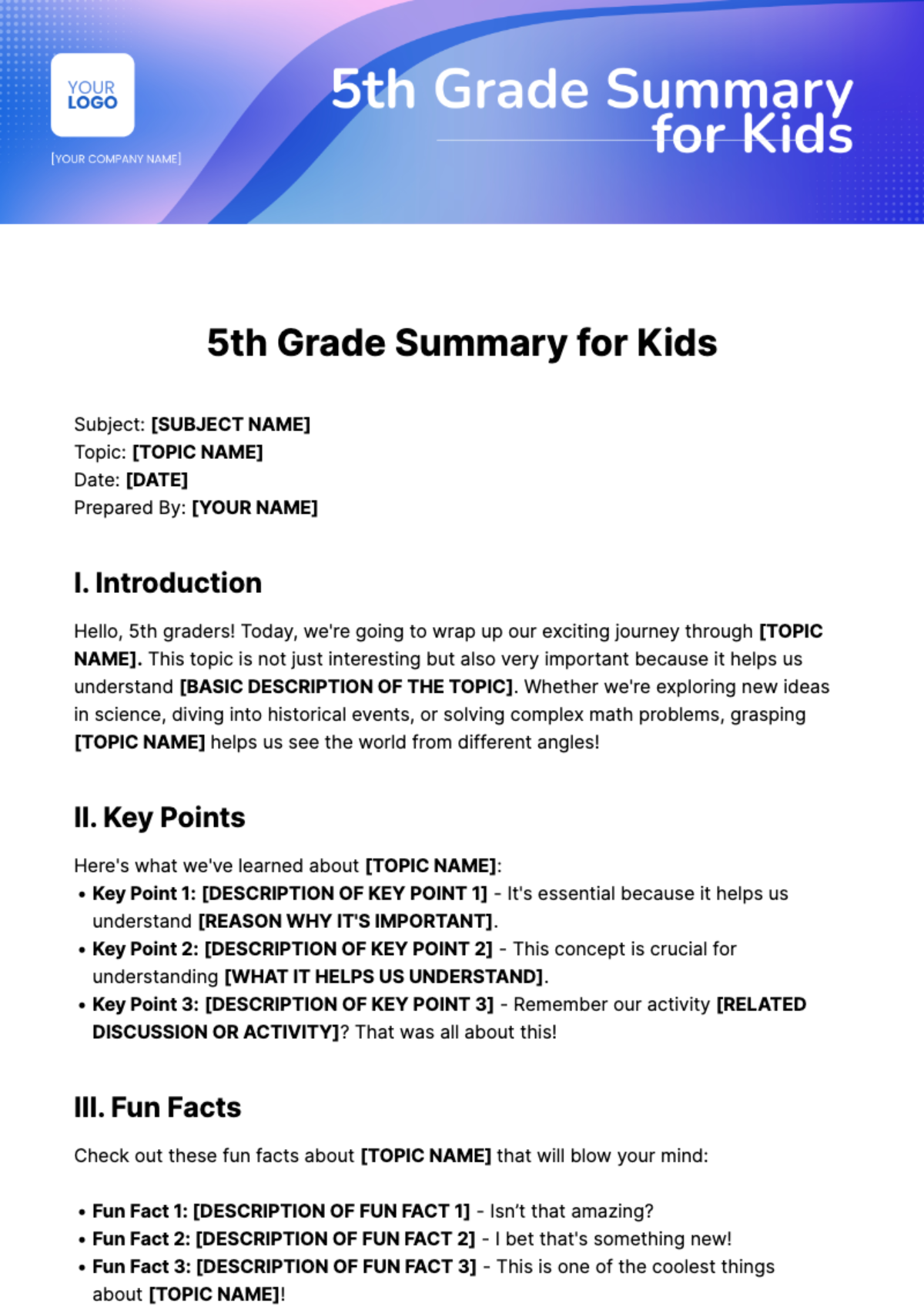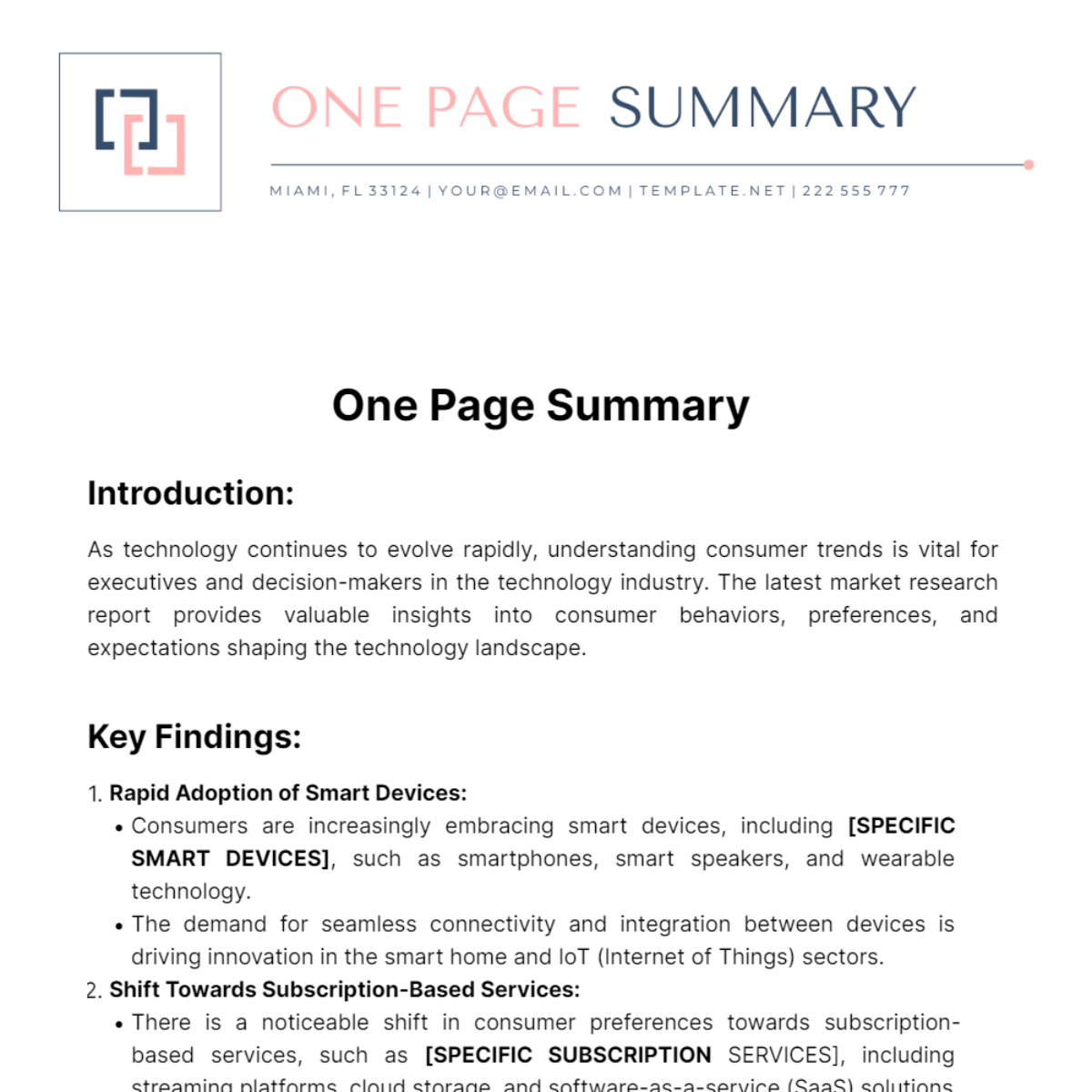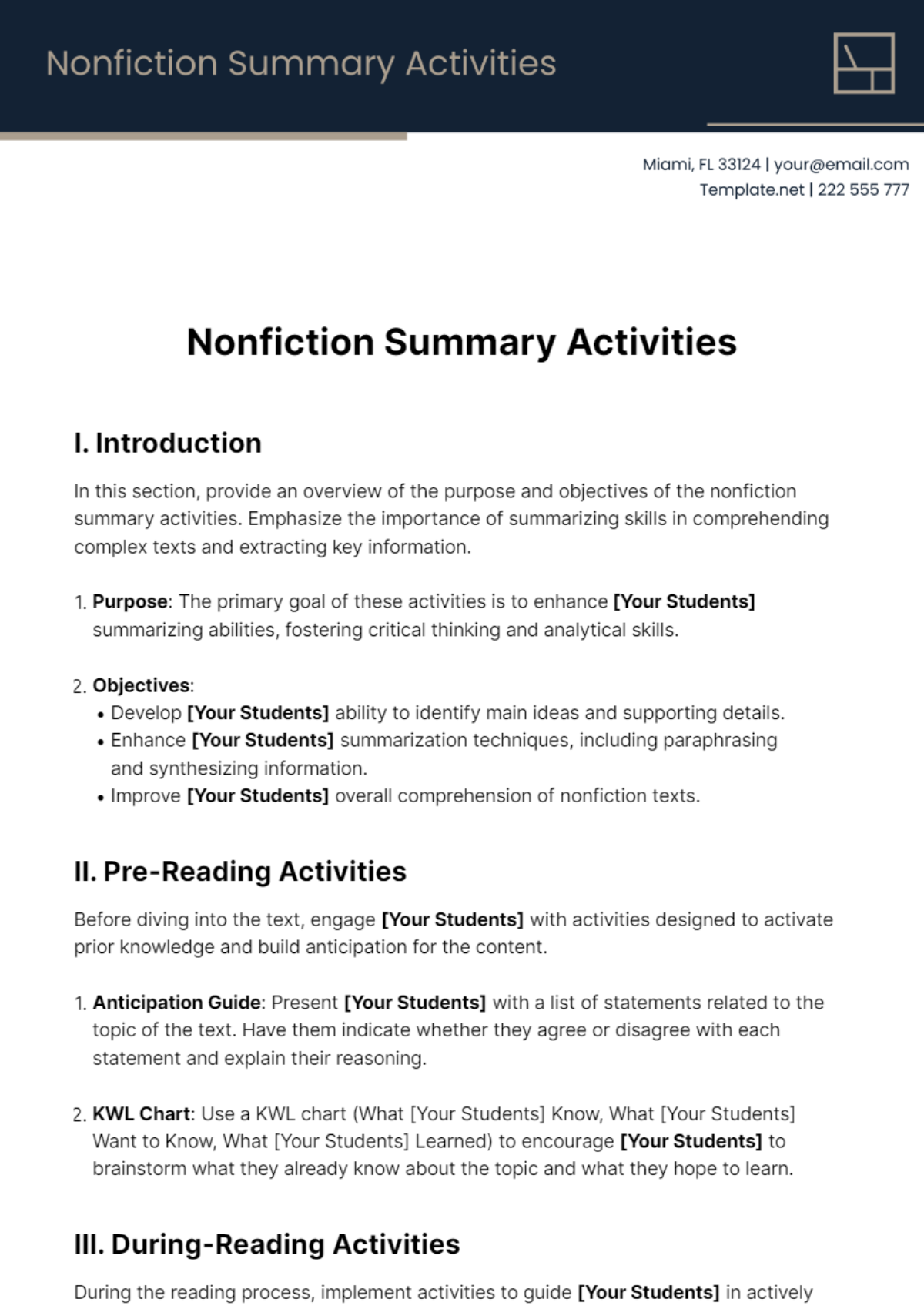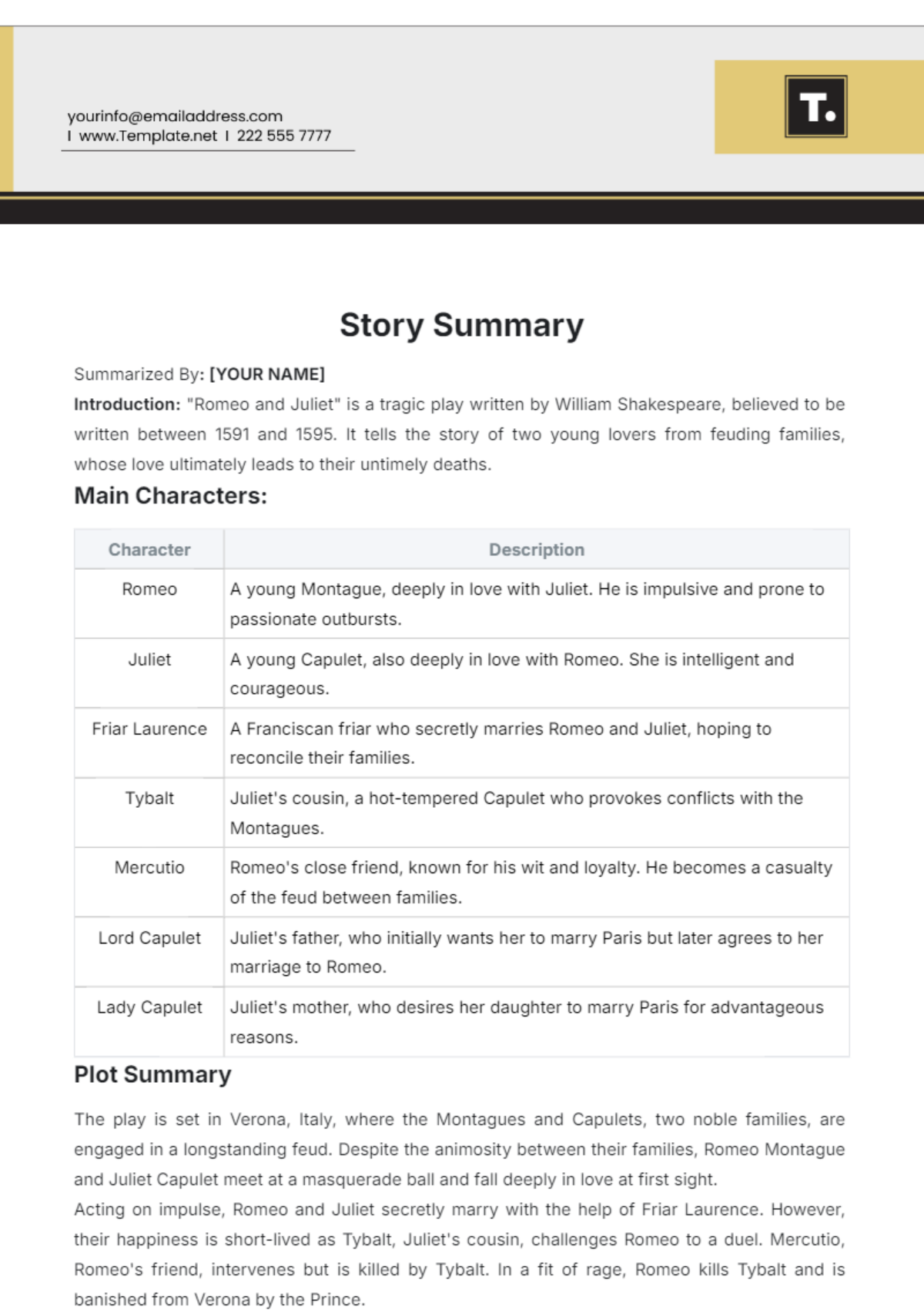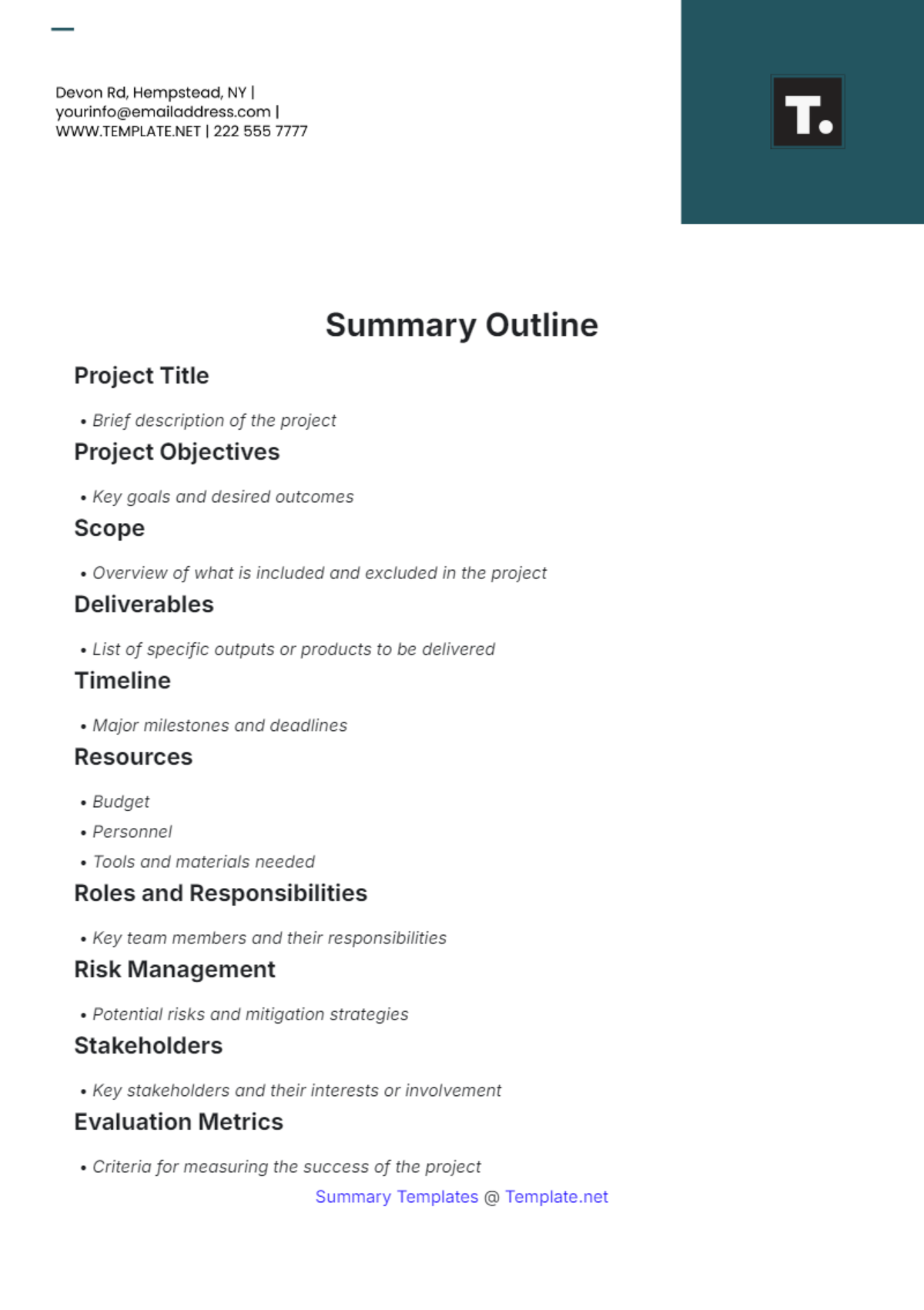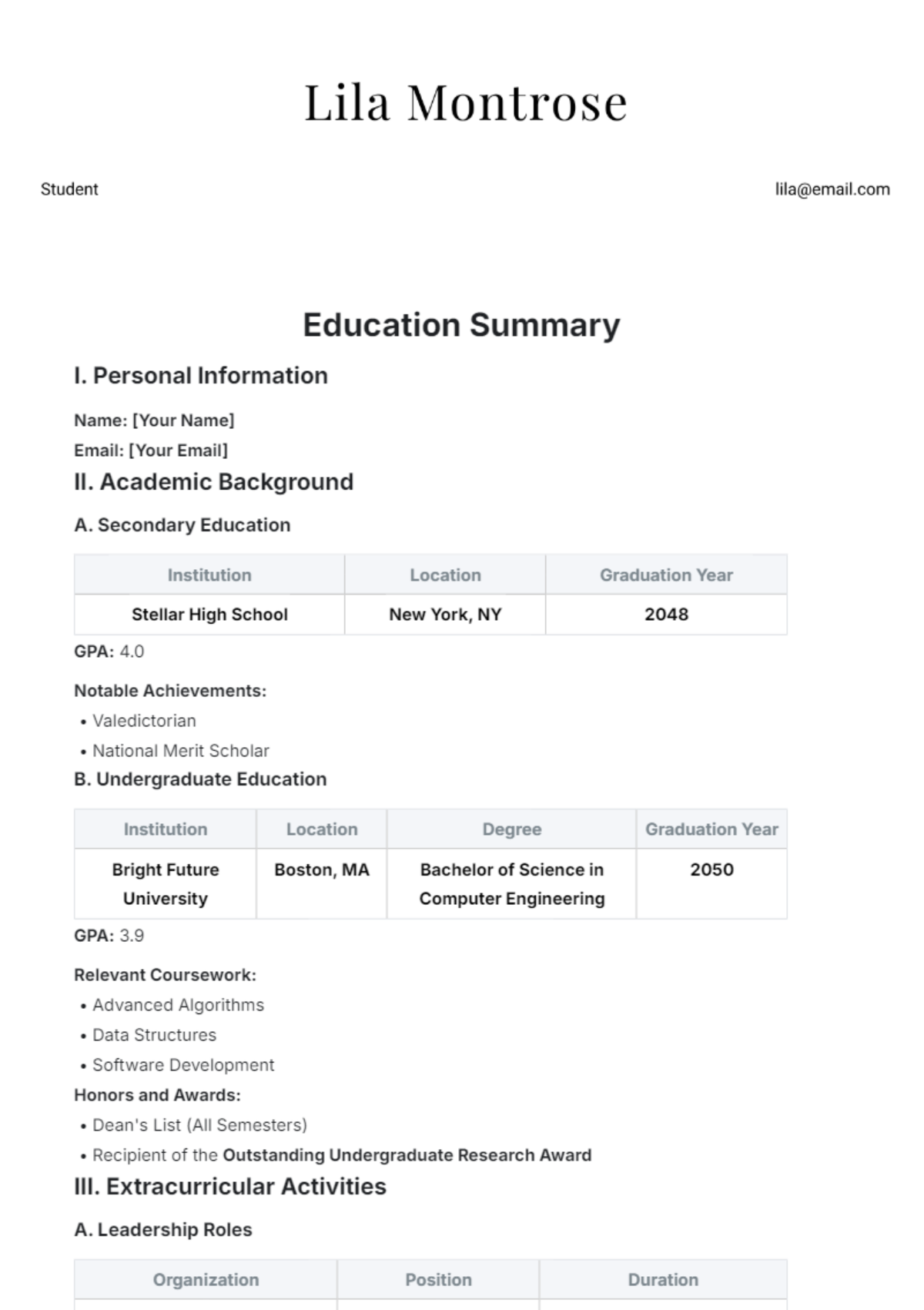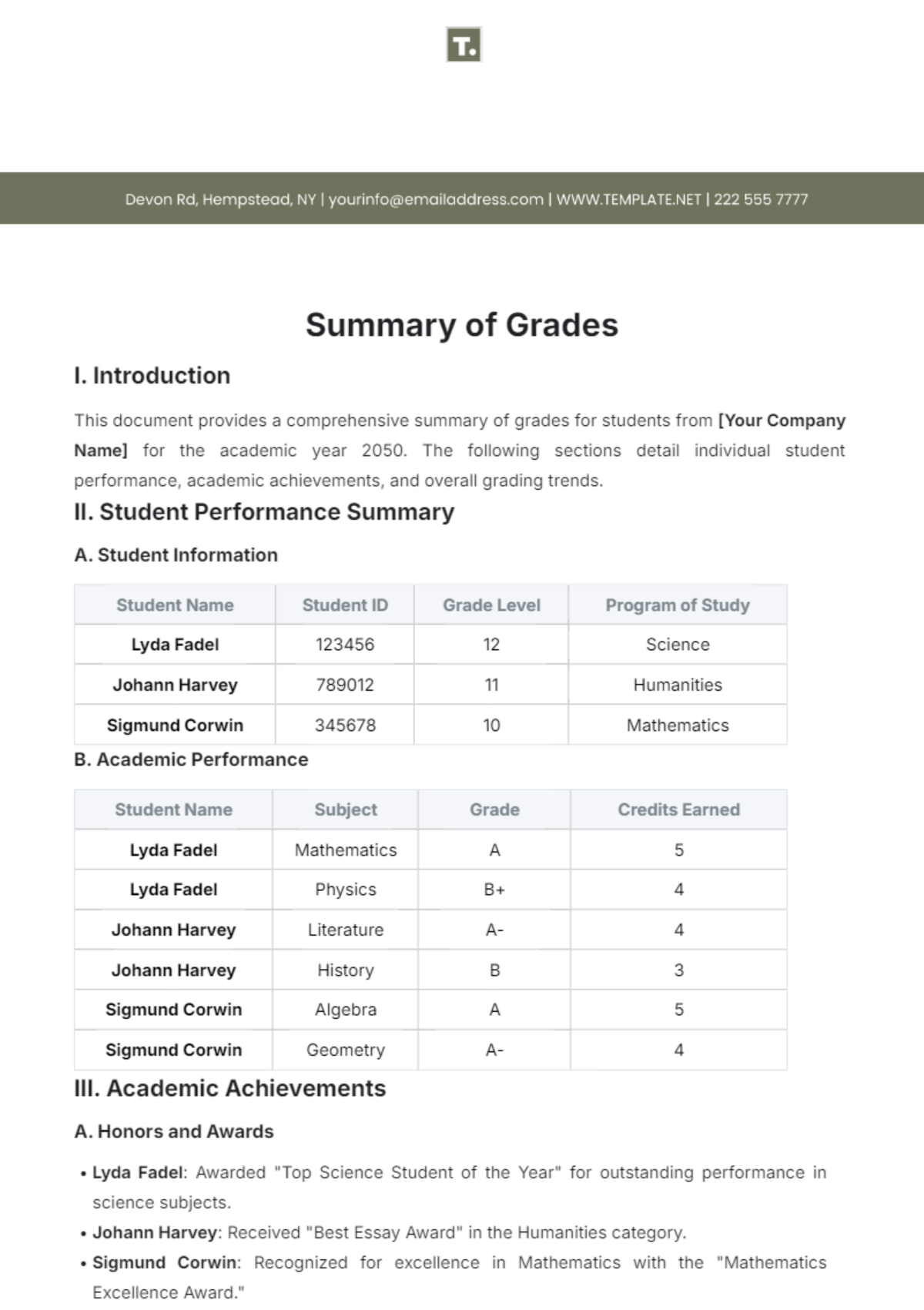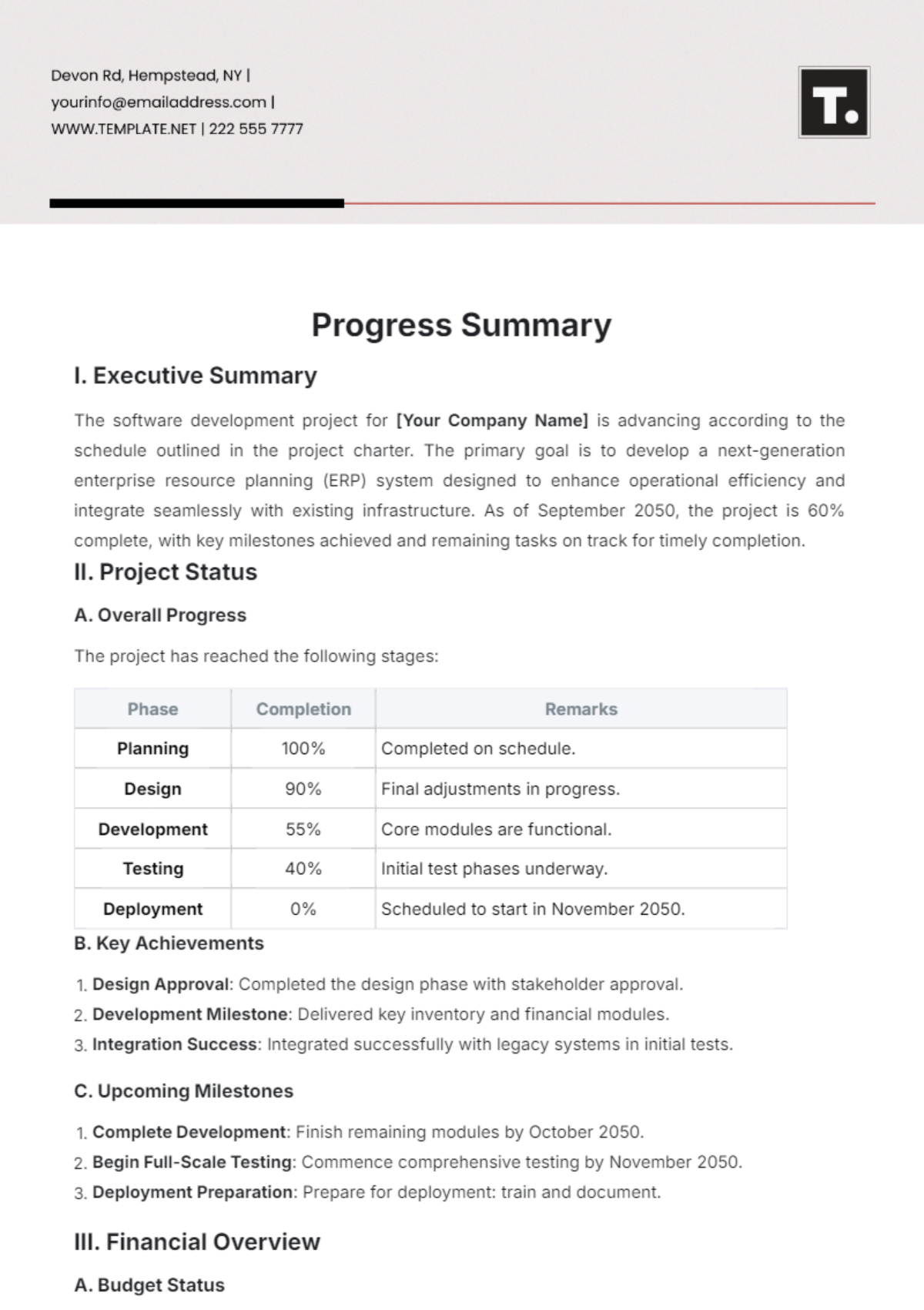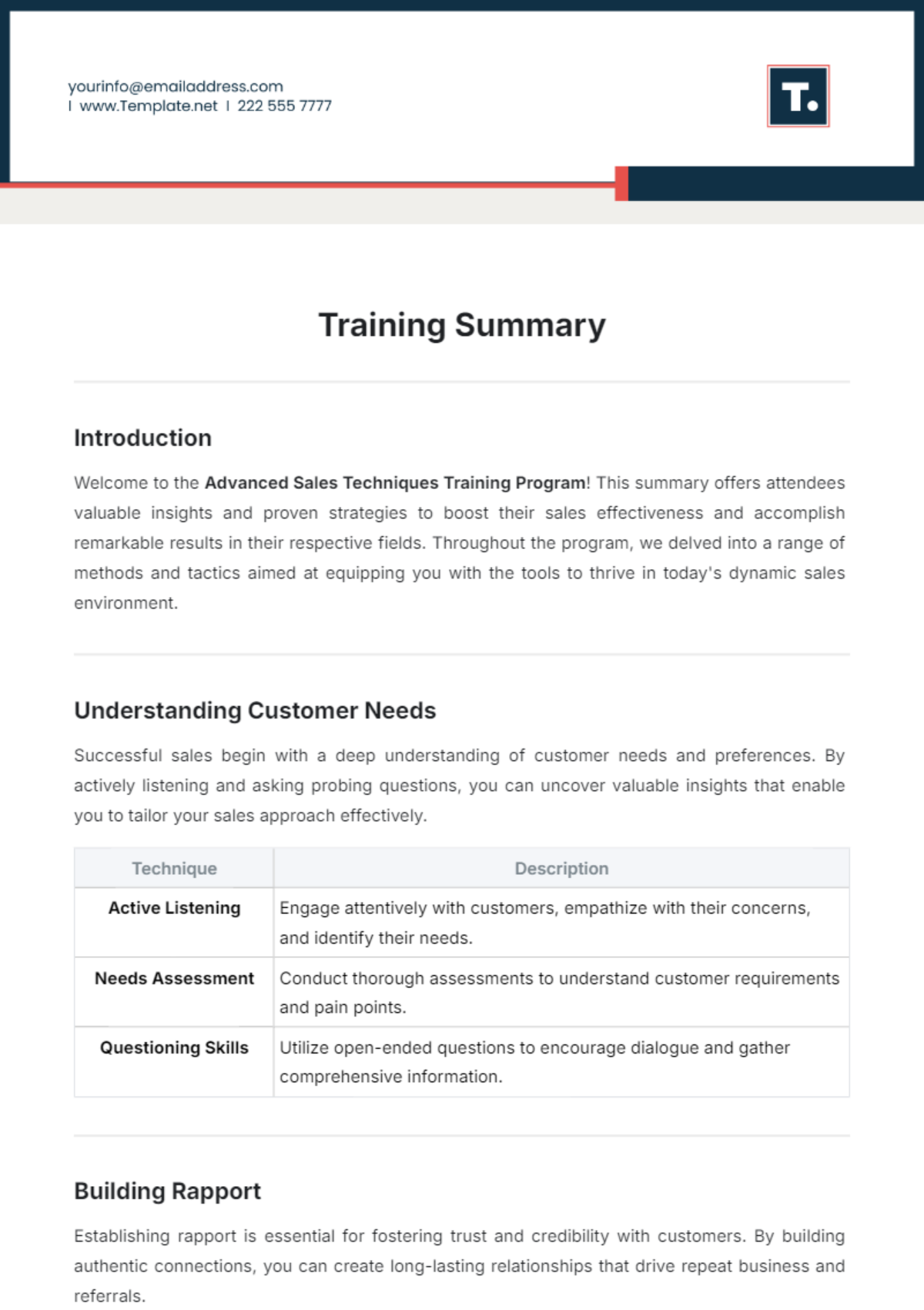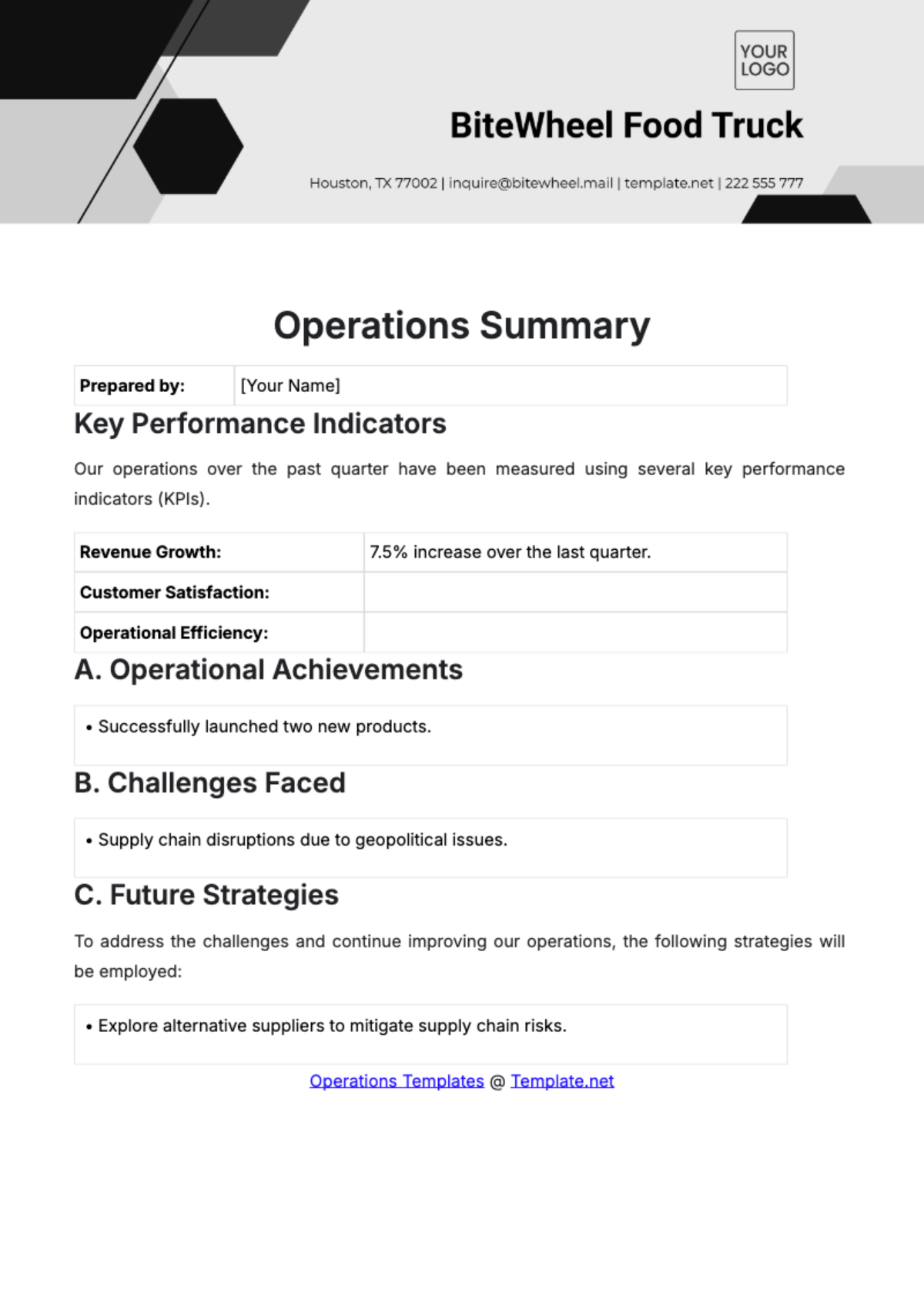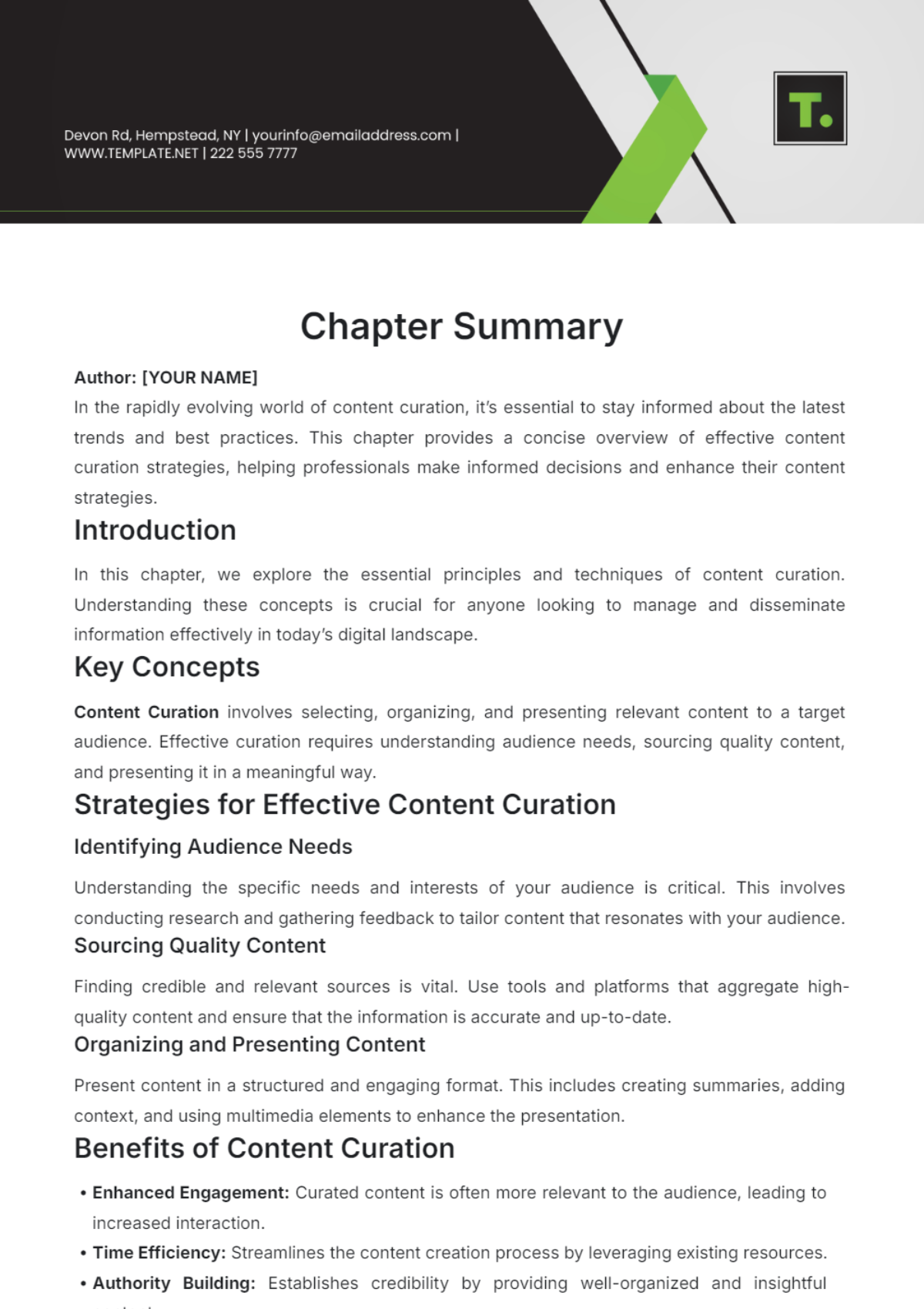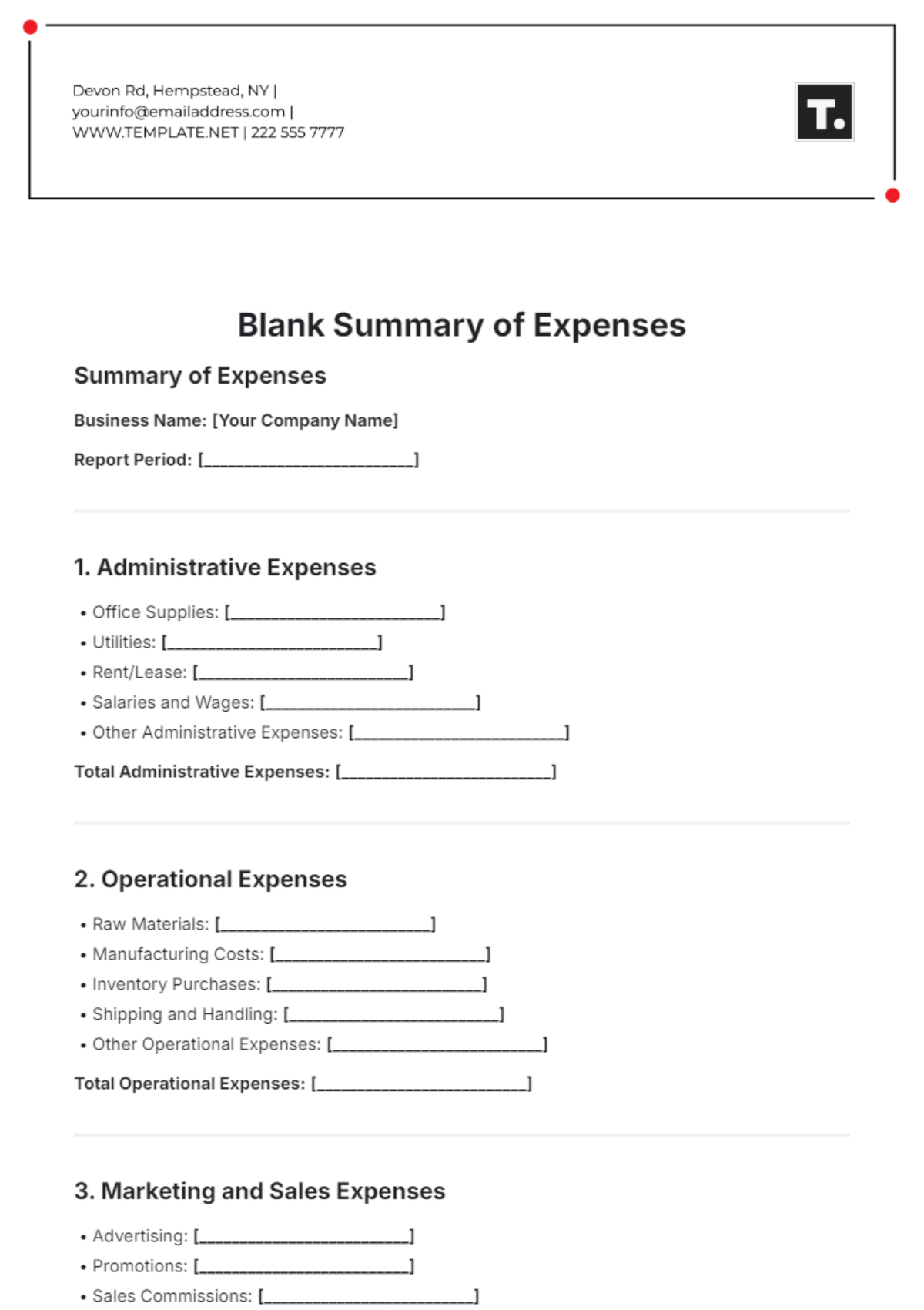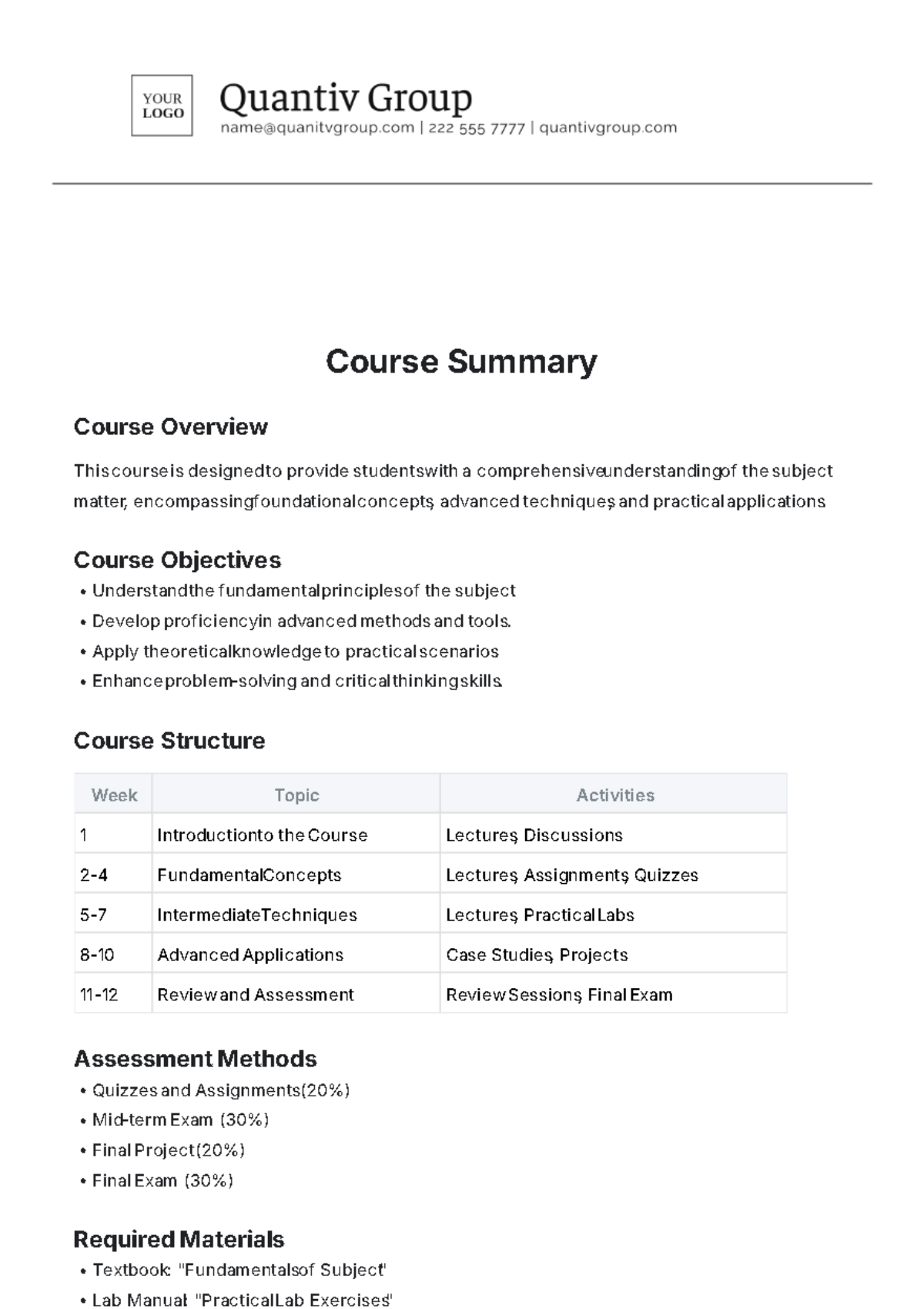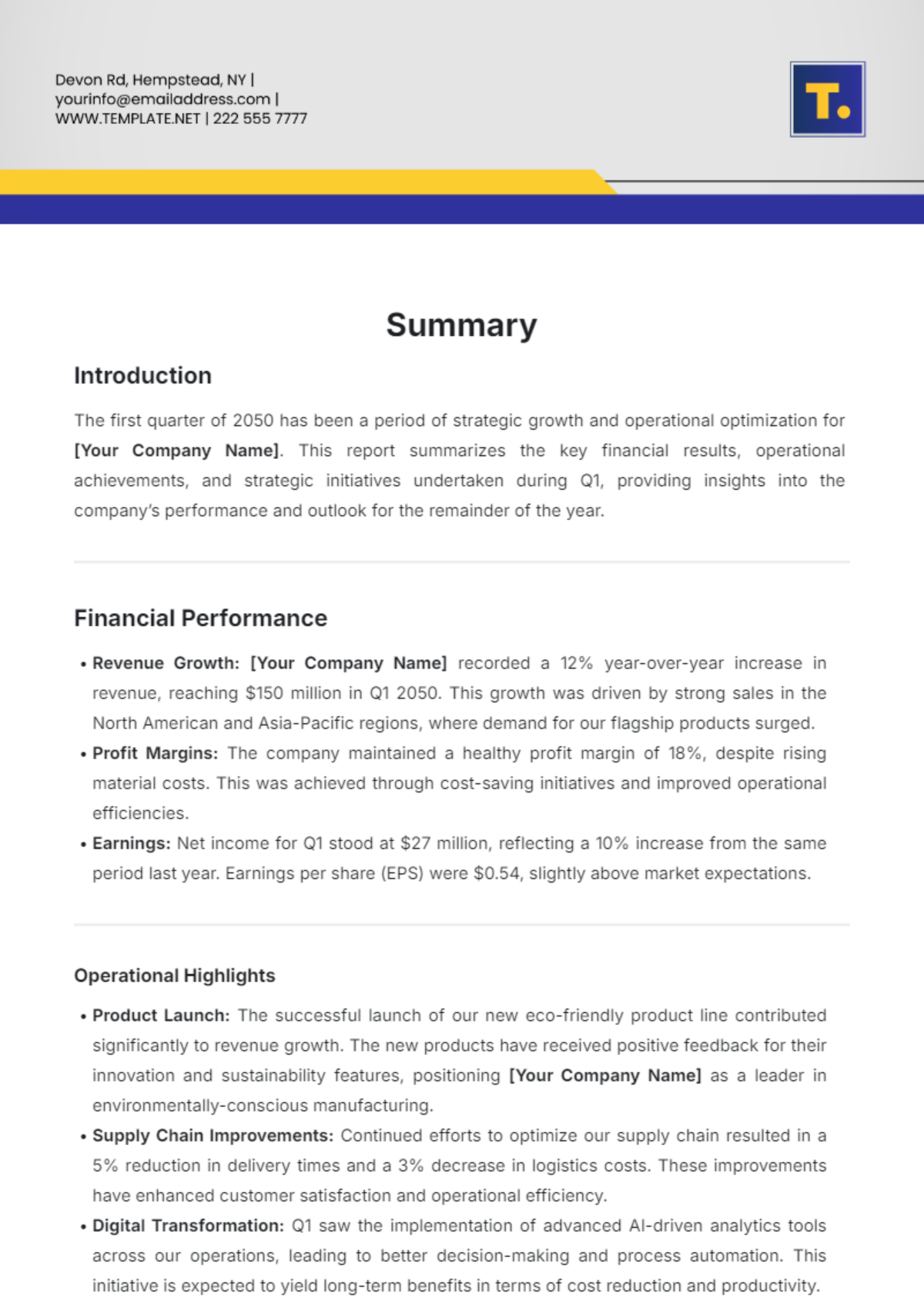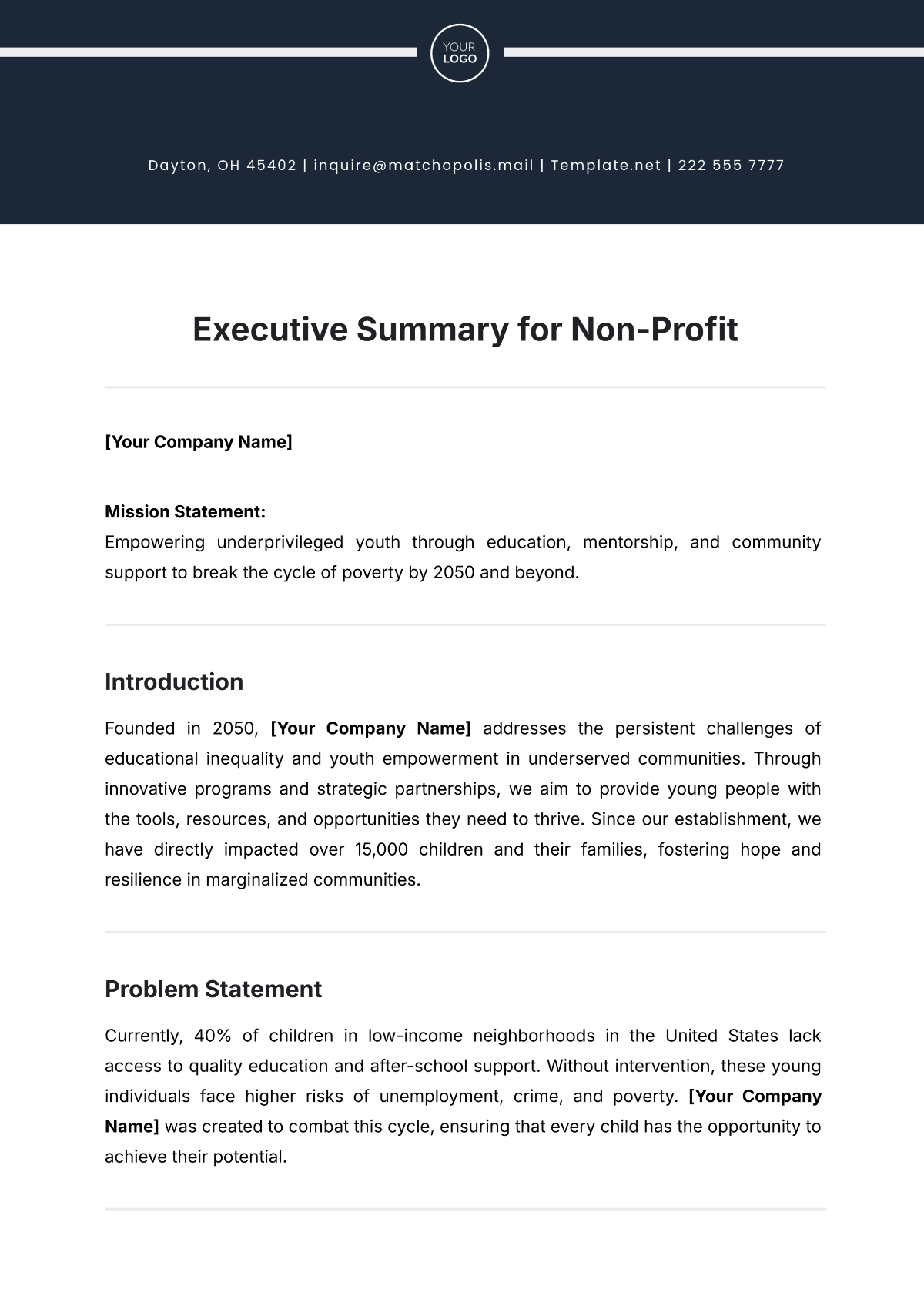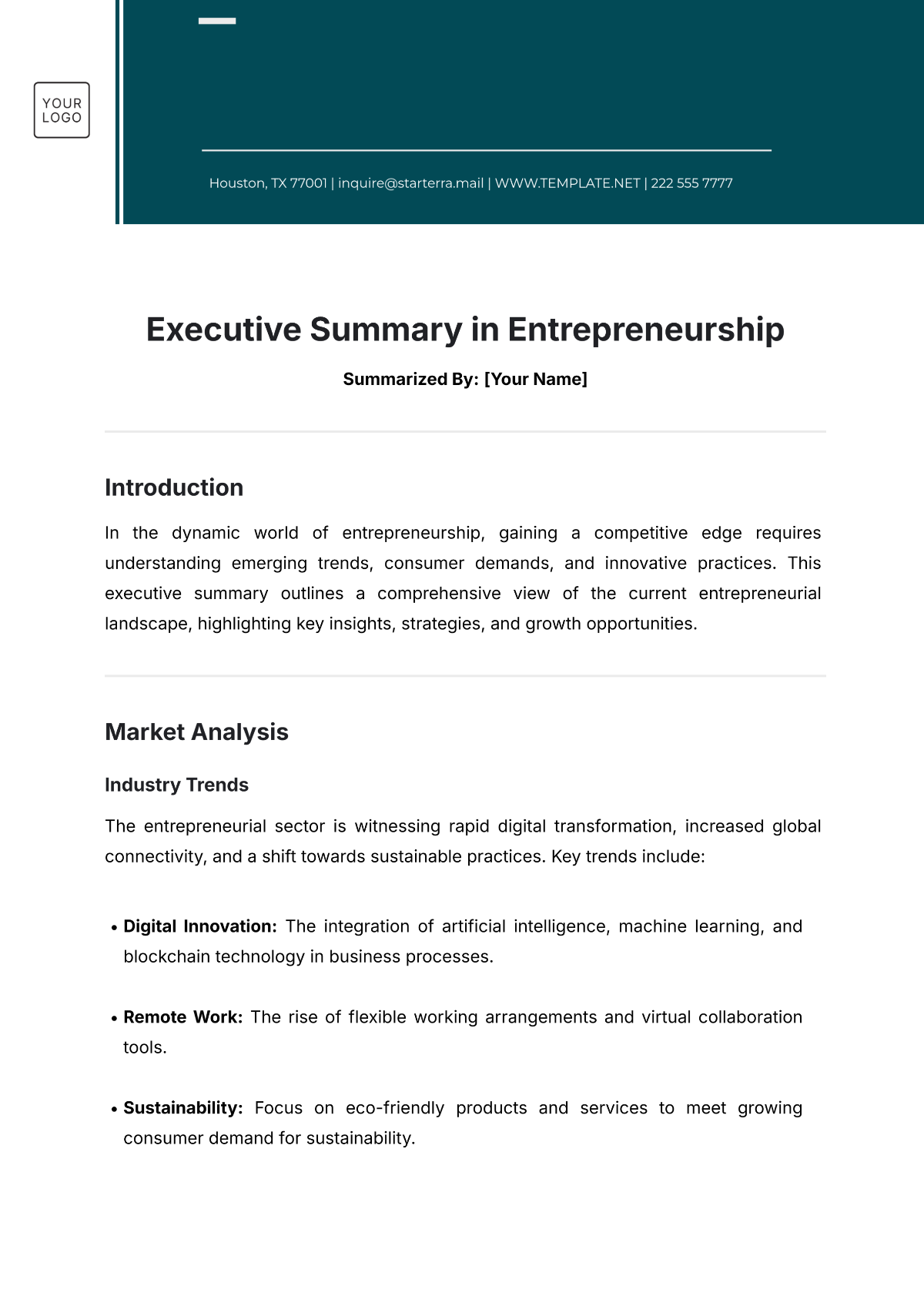Ethnographic Fieldnotes Summary
Written by: [Your Name]
Date: [Date]
Introduction
Ethnographic fieldnotes are essential for capturing the intricacies of social interactions and cultural practices within a given setting. They serve as the primary data source for understanding and analyzing the dynamics observed during fieldwork. This summary illustrates the process of creating detailed and effective ethnographic fieldnotes by outlining key strategies and providing an example entry.
Preparation
Before initiating fieldwork, it is critical to prepare adequately. This preparation ensures that the fieldnotes are comprehensive and aligned with research objectives.
Define Objectives: The primary aim of this study is to explore the social interactions and recreational activities of park visitors in Central Park, New York City, on a weekend morning.
Select Tools: The researcher will use a combination of a digital tablet for note-taking and a voice recorder for capturing detailed verbal observations.
Familiarize with Environment: The researcher has reviewed park maps and local demographics to understand the typical visitor profile and common activities.
Note-Taking Techniques
Effective note-taking combines descriptive and reflective methods to provide a thorough account of observations.
Descriptive Notes: Document specific events, settings, and behaviors. For instance, noting the exact location of activities, the appearance of participants, and the nature of interactions.
Reflective Notes: capture personal insights and interpretations about observed behaviors and interactions. Reflect on how these observations connect with the study’s objectives.
Use Abbreviations: Develop shorthand to efficiently record information. For example, use “J” for joggers, “F” for families, and “P” for picnics.
Structuring Fieldnotes
Organize fieldnotes using a clear structure to enhance readability and facilitate analysis.
Section | Description |
|---|---|
Title | "Family Picnic and Recreational Activities in Central Park" |
Date and Time | August 28, 2054, 10:00 AM – 12:00 PM |
Location | Central Park, NY City |
Participants | Family of four (two parents, two children) |
Descriptive Notes
10:00 AM: The park is bustling with activity. Children are playing energetically on the playground equipment, with one boy repeatedly climbing the jungle gym and sliding down.
10:30 AM: A family of four is having a picnic near the lake. The parents are unpacking a basket of sandwiches and fruit, while the children explore and feed the ducks.
11:00 AM: Joggers and dog walkers are using the main paths. Many joggers greet each other, and dog owners chat while walking their pets.
Reflective Notes
The energetic play of the children highlights the park's role in providing active recreational opportunities.
The family picnic illustrates the park’s function as a space for socializing and family bonding.
Interactions among joggers and dog walkers reflect a sense of community and connection, underscoring the park’s role as a social hub.
Ensuring Accuracy and Reliability
To maintain the credibility of the fieldnotes, the researcher employs strategies to ensure accuracy and reliability.
Cross-Verification: Observations are compared with subsequent visits to the park to confirm consistency in visitor behavior and park usage patterns.
Be Objective: The researcher remains aware of personal biases and strives to record observations impartially, focusing solely on what is observed rather than personal judgments.
Regular Review: Fieldnotes are reviewed and revised periodically to correct any inconsistencies or clarify ambiguous entries. This process ensures that the notes accurately reflect the observed events and interactions.
Conclusion
Ethnographic fieldnotes are a fundamental tool for capturing the detailed aspects of social and cultural phenomena. By preparing thoroughly, utilizing systematic note-taking techniques, and ensuring the accuracy of documentation, researchers can create fieldnotes that are rich in detail and reliable. This structured approach facilitates comprehensive analysis and enhances the overall quality of ethnographic research.

